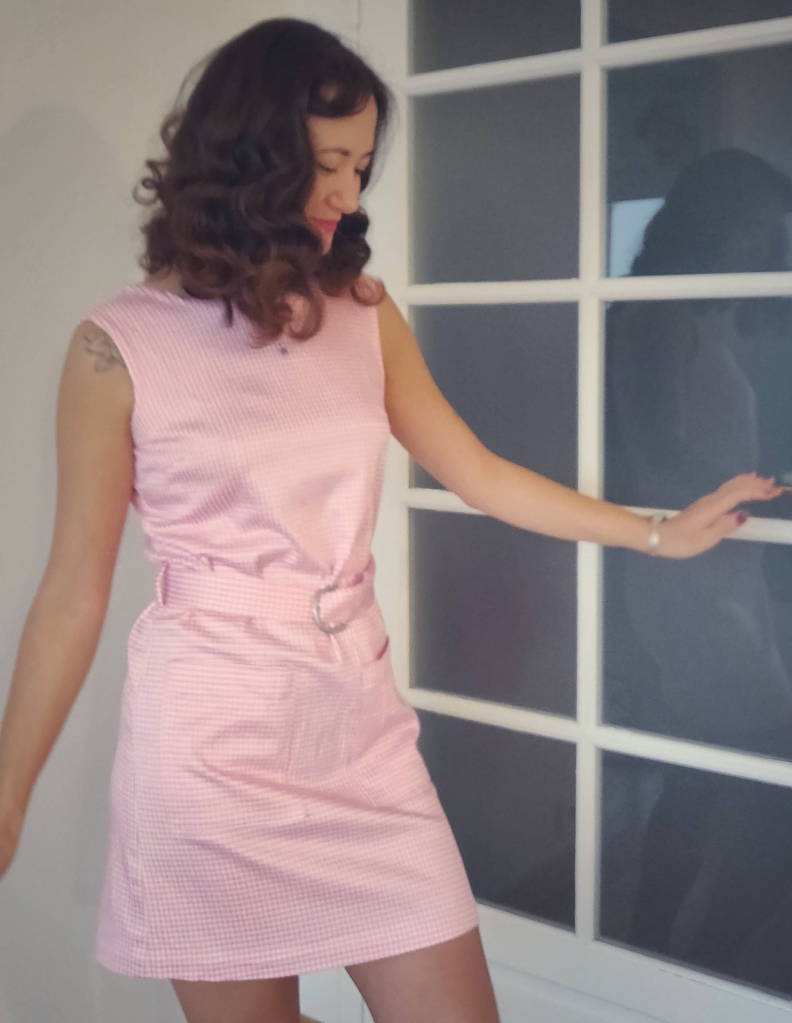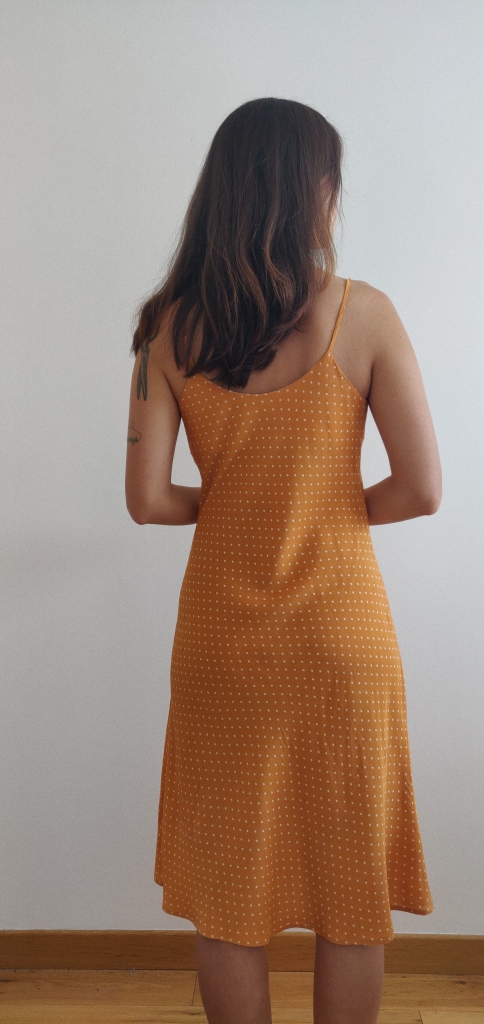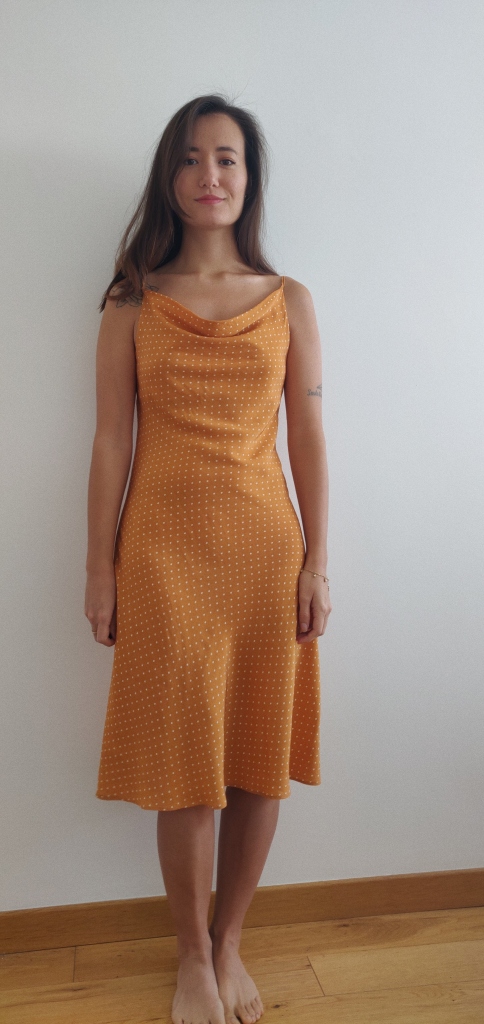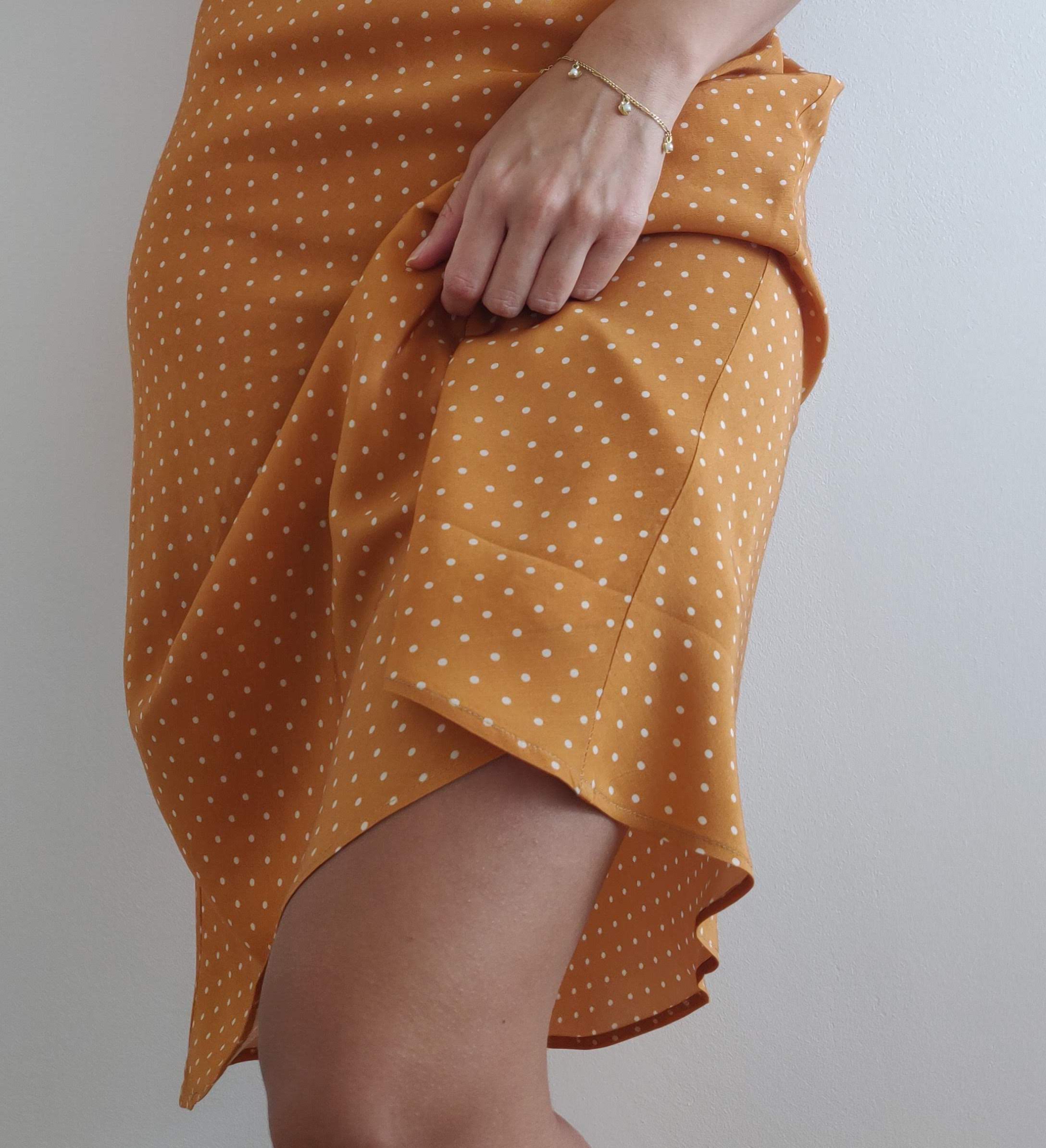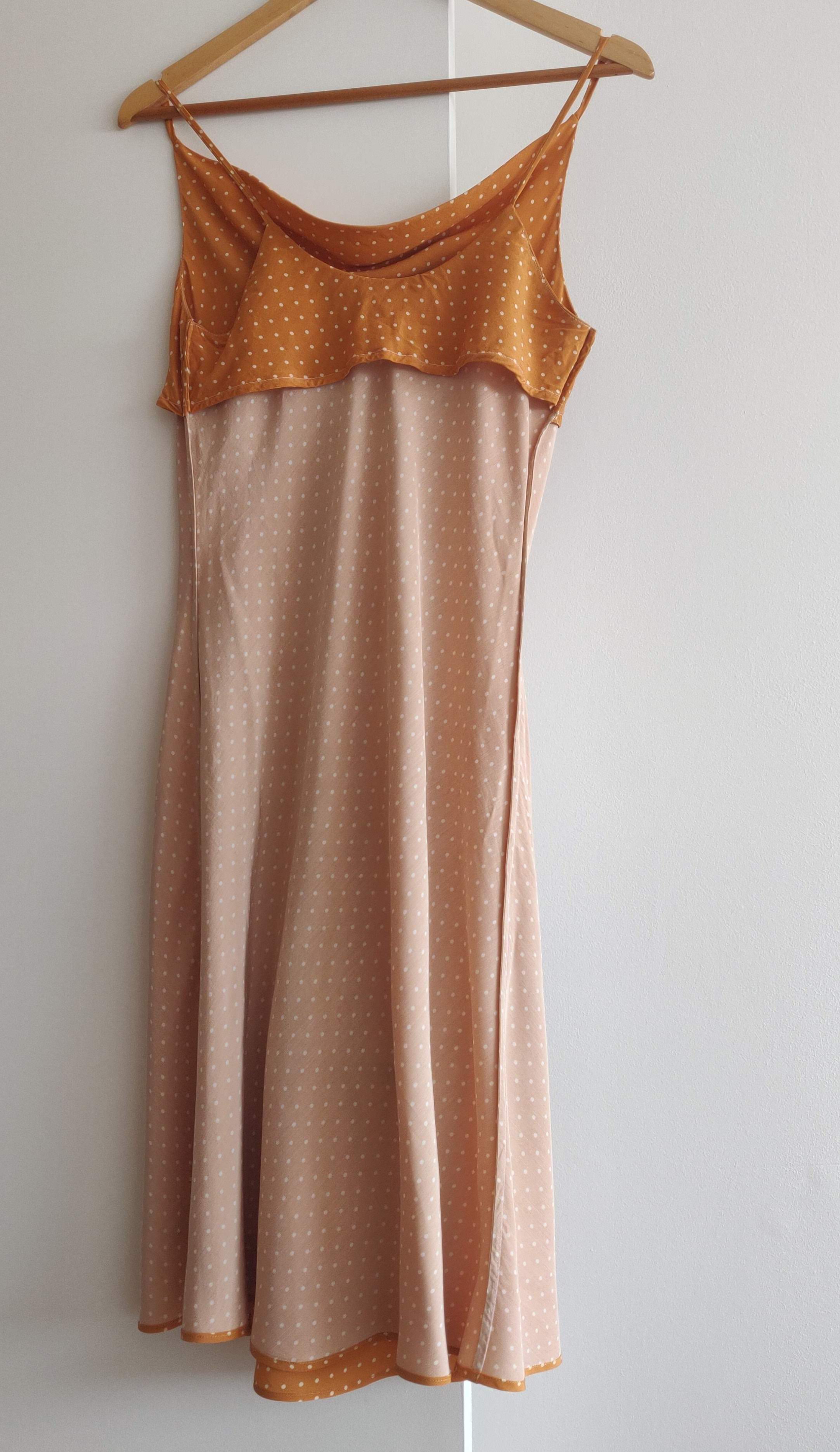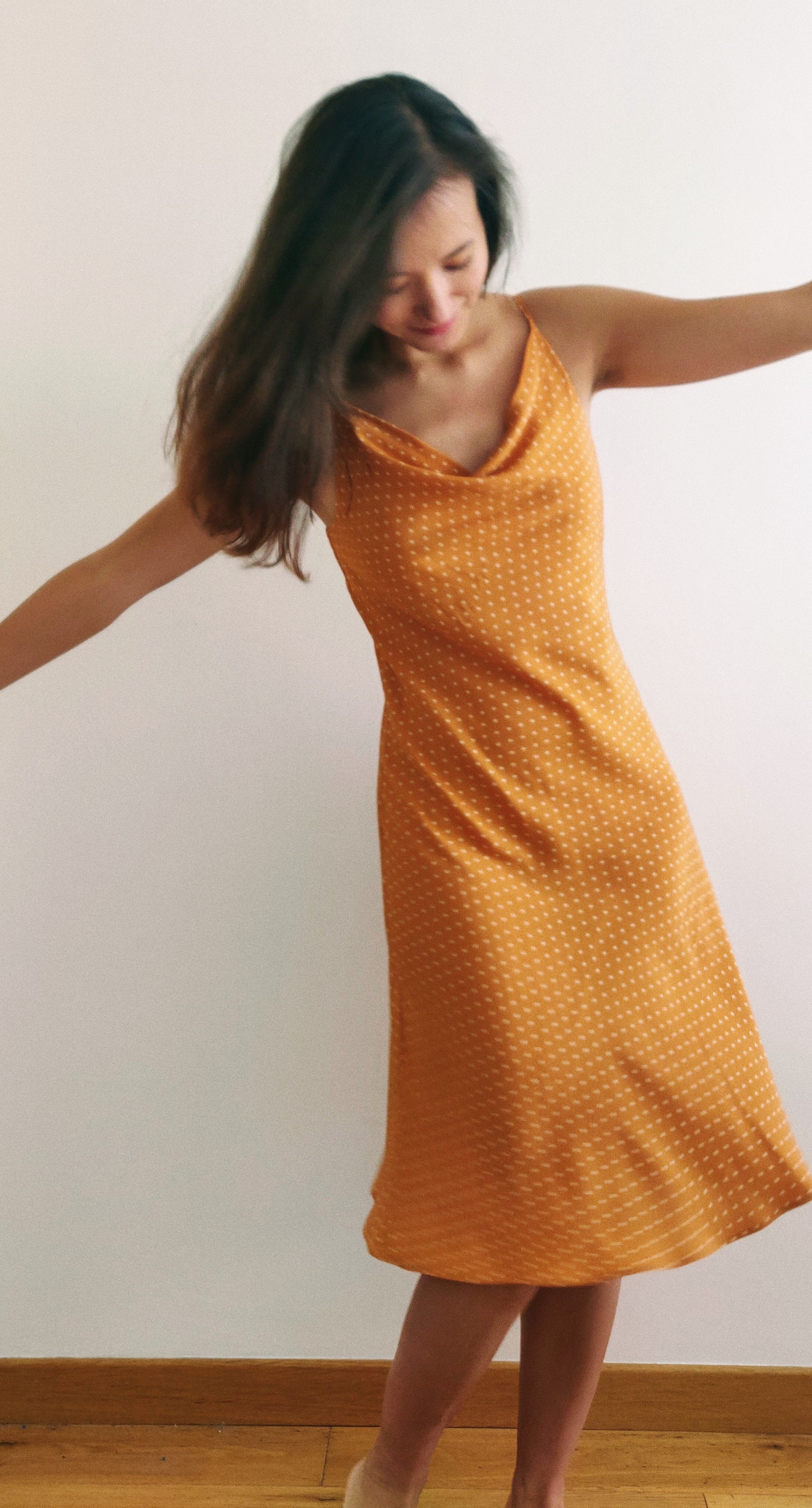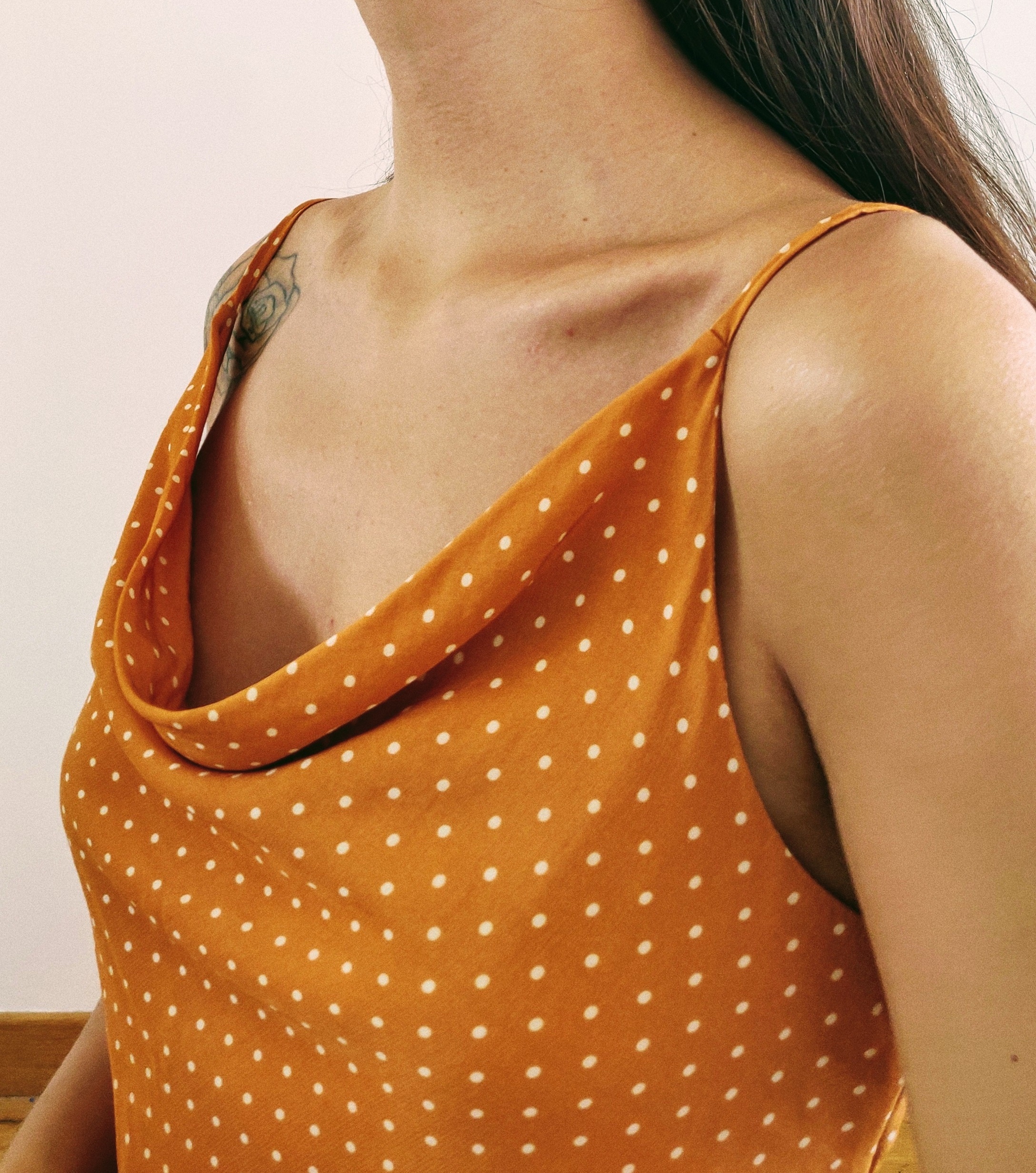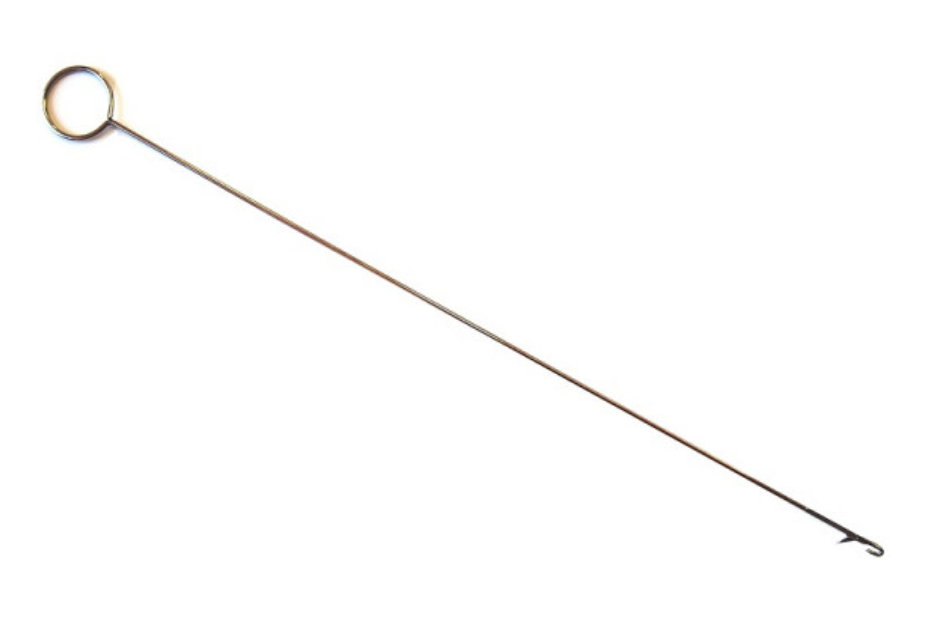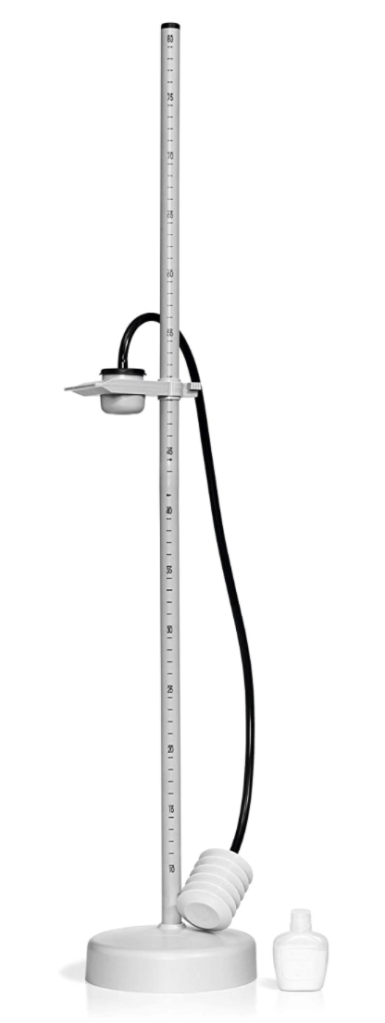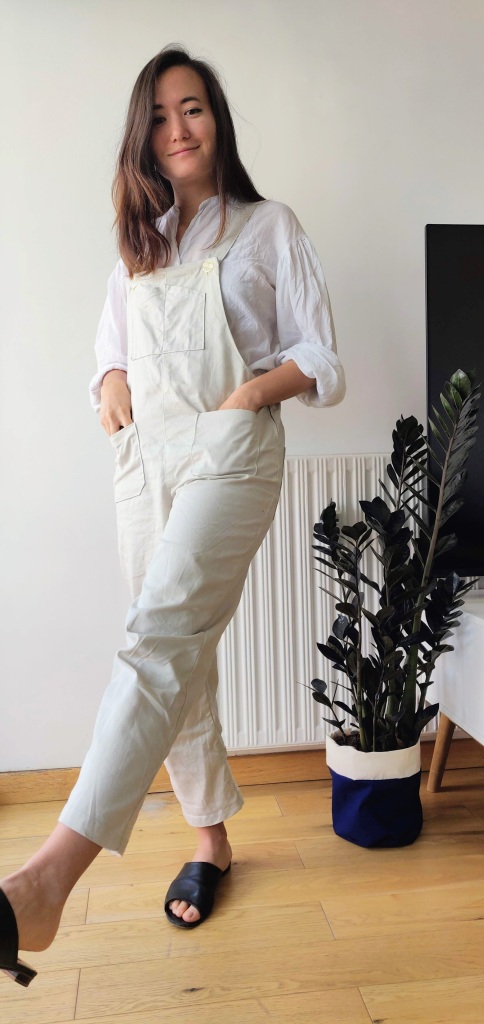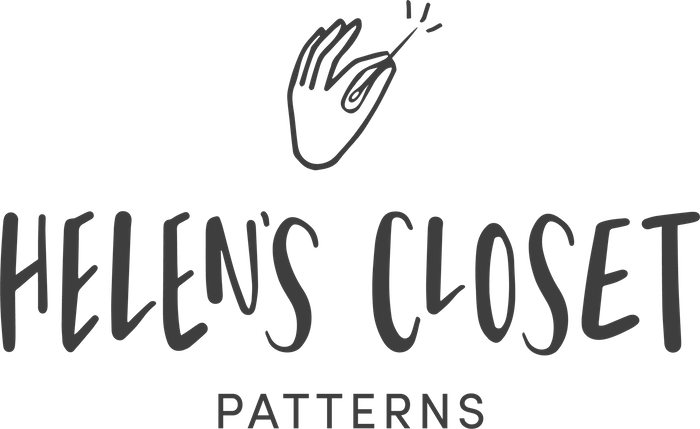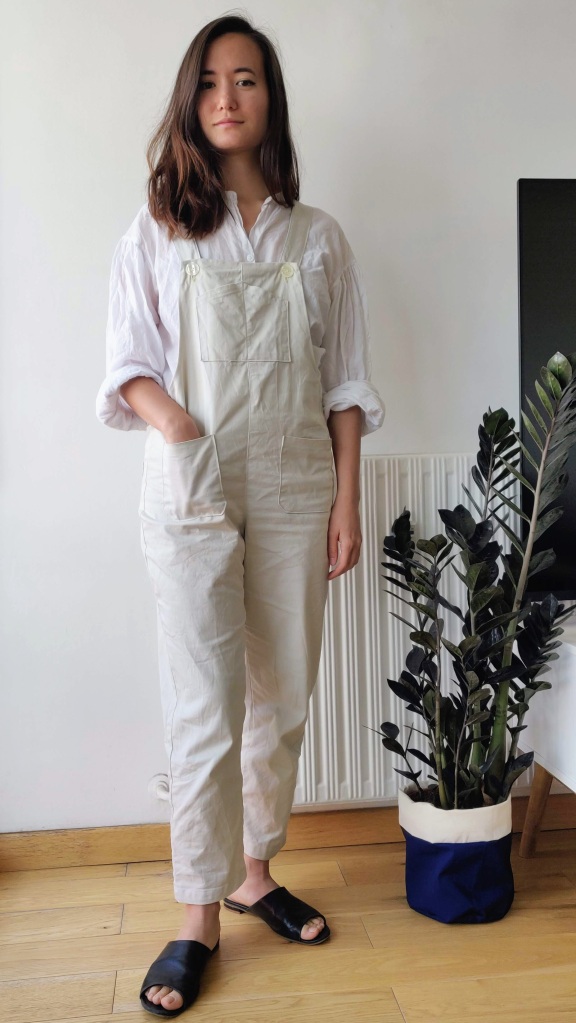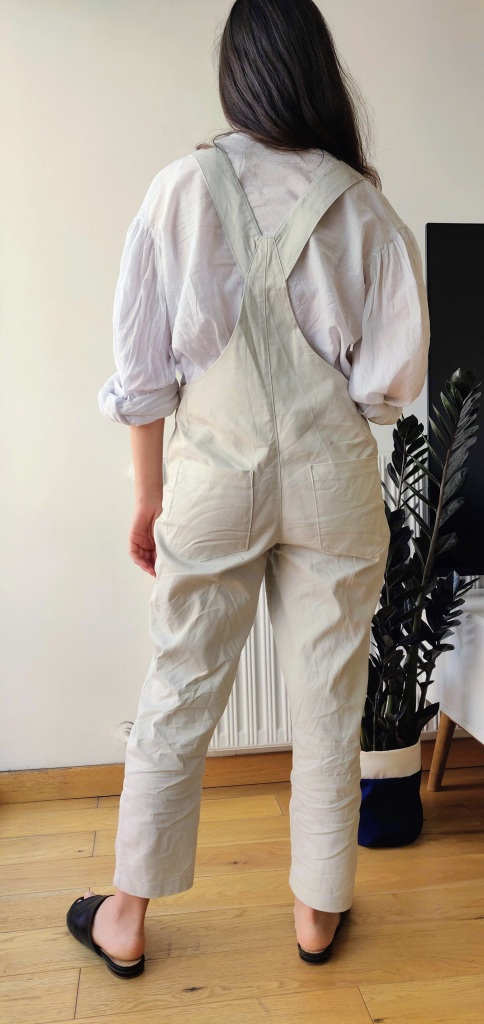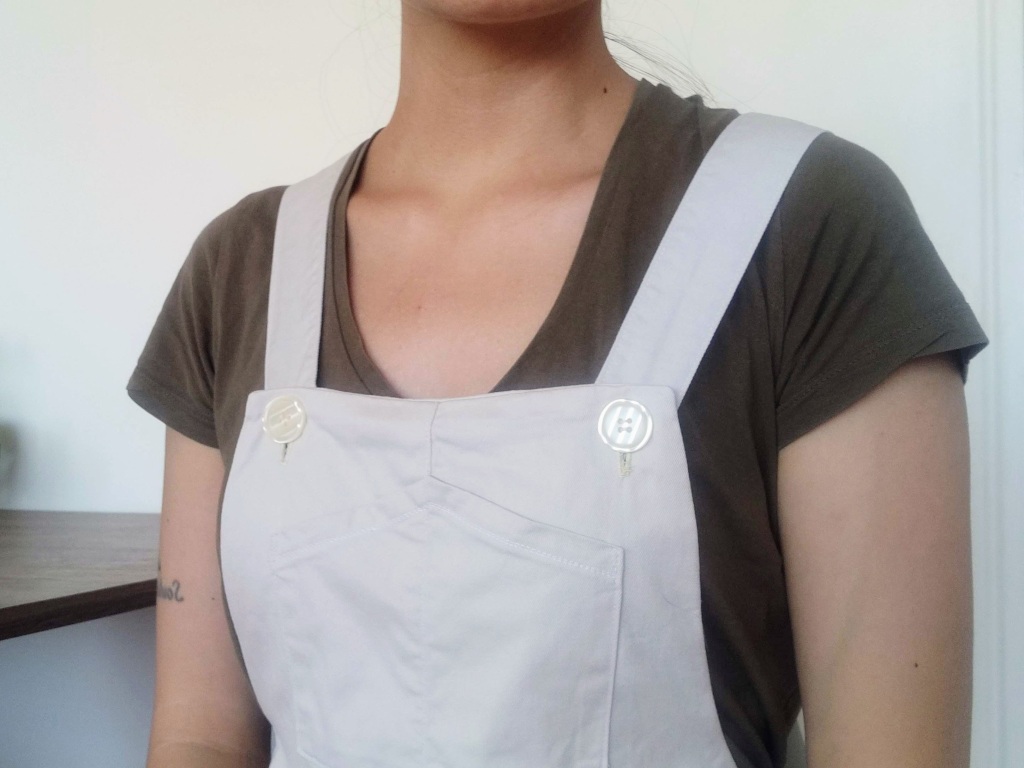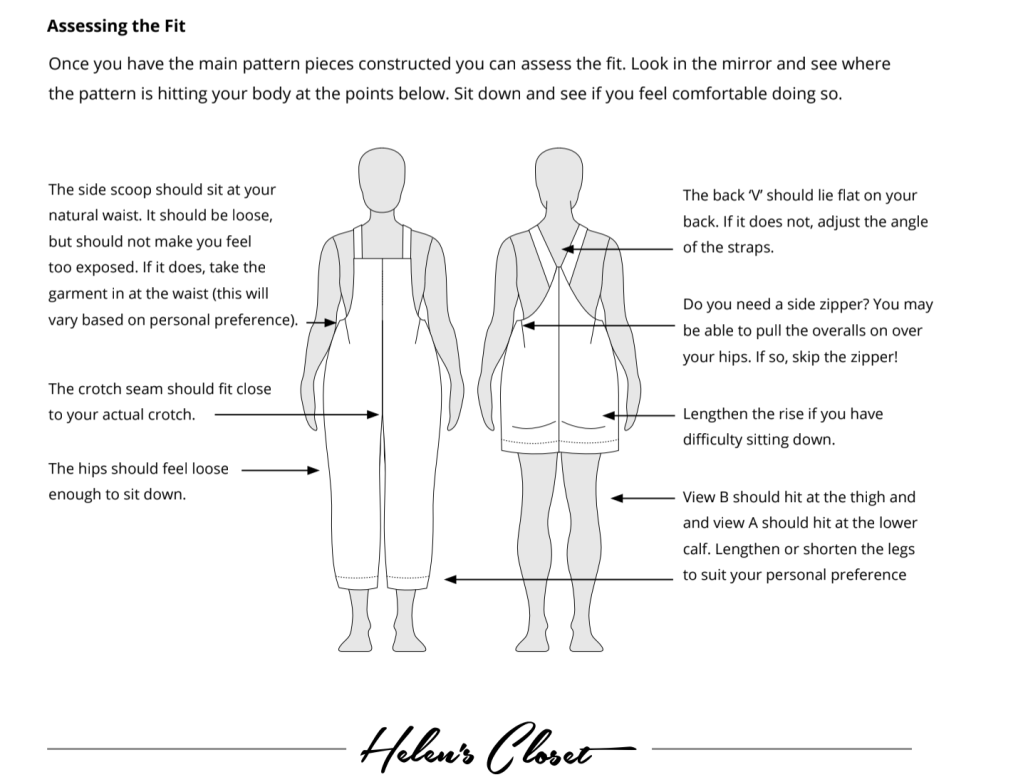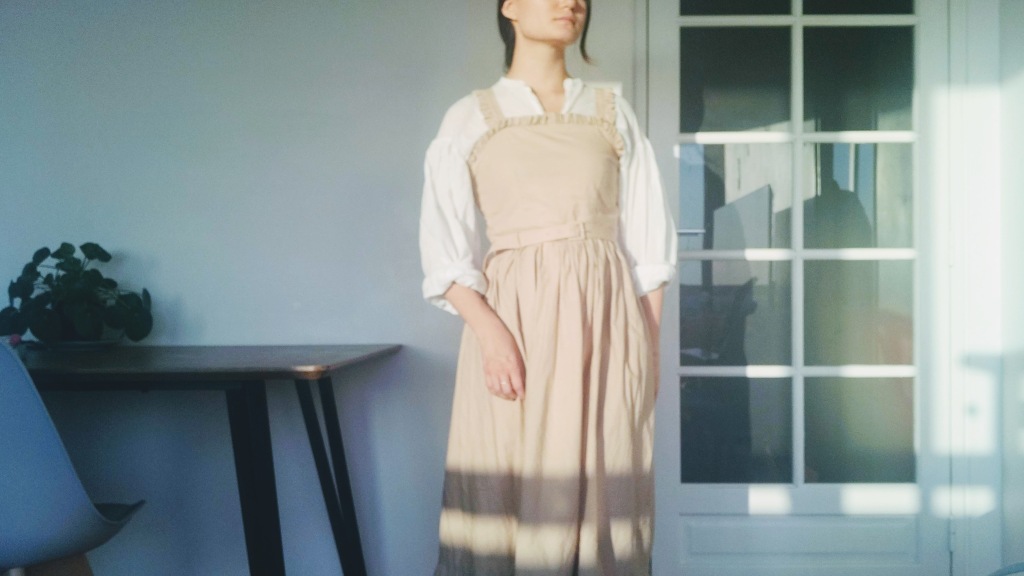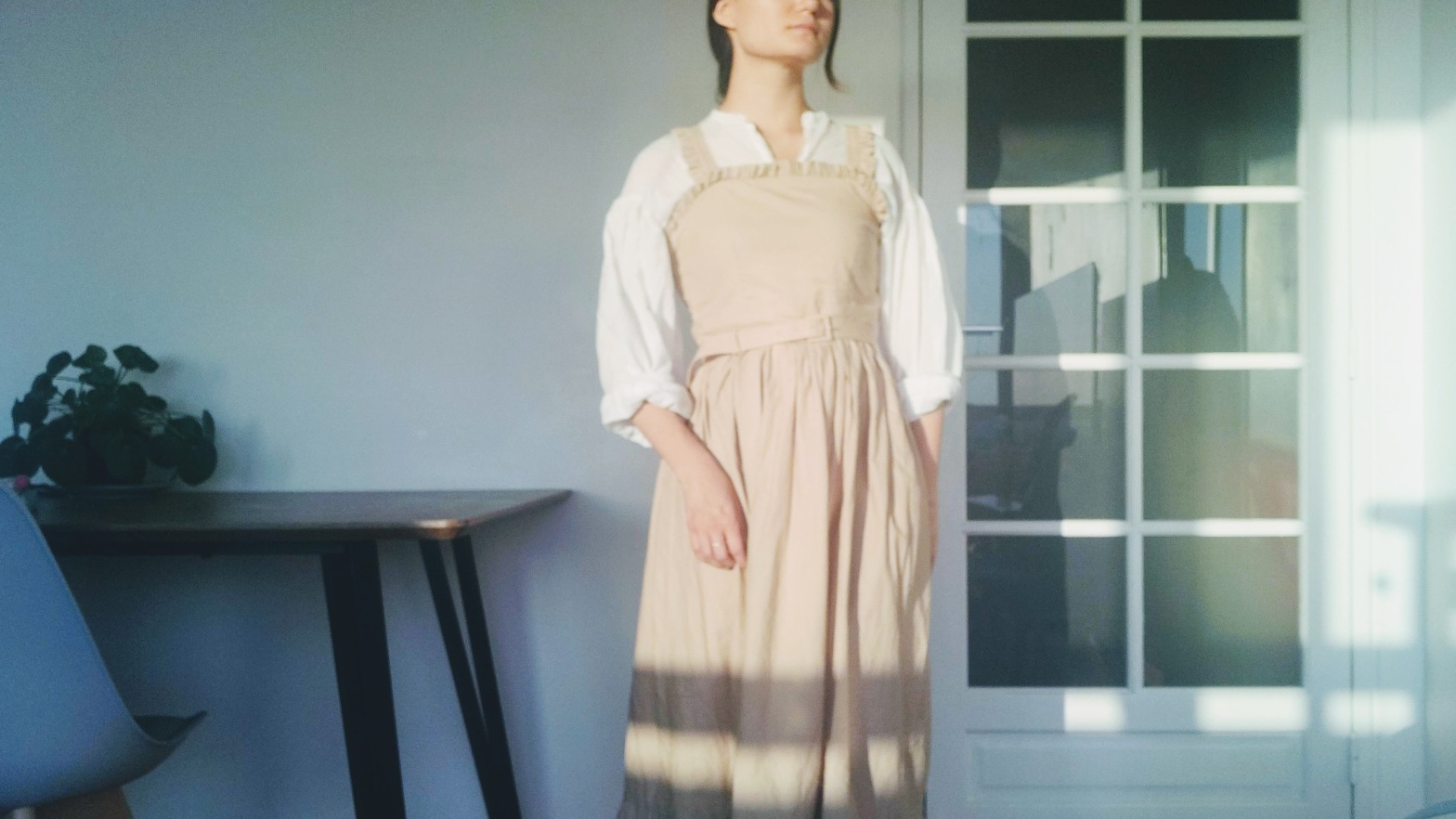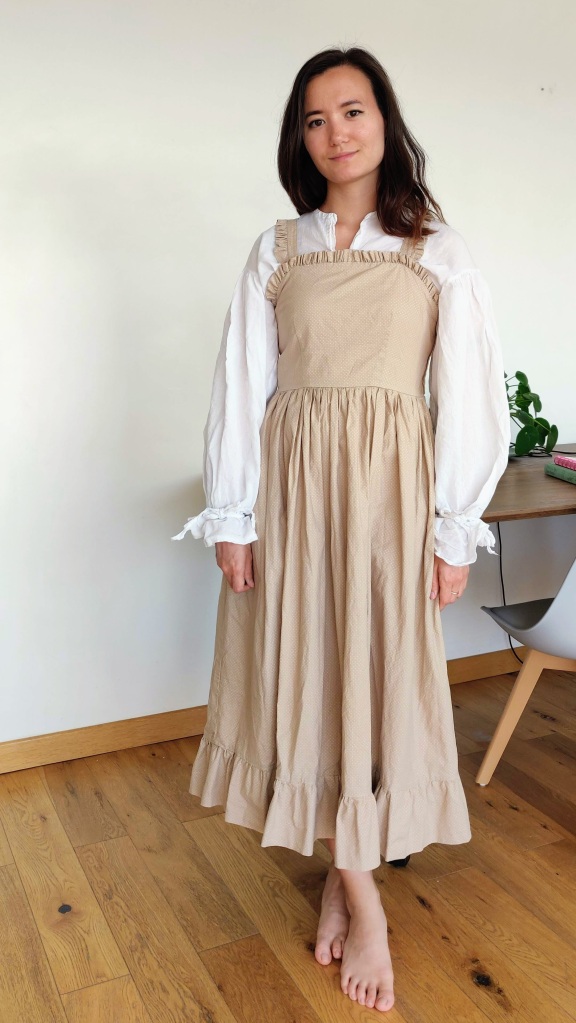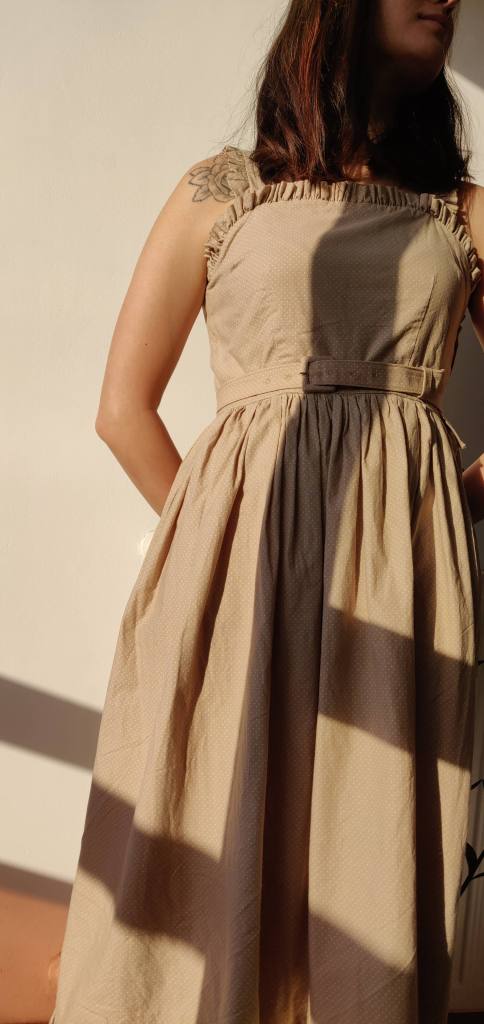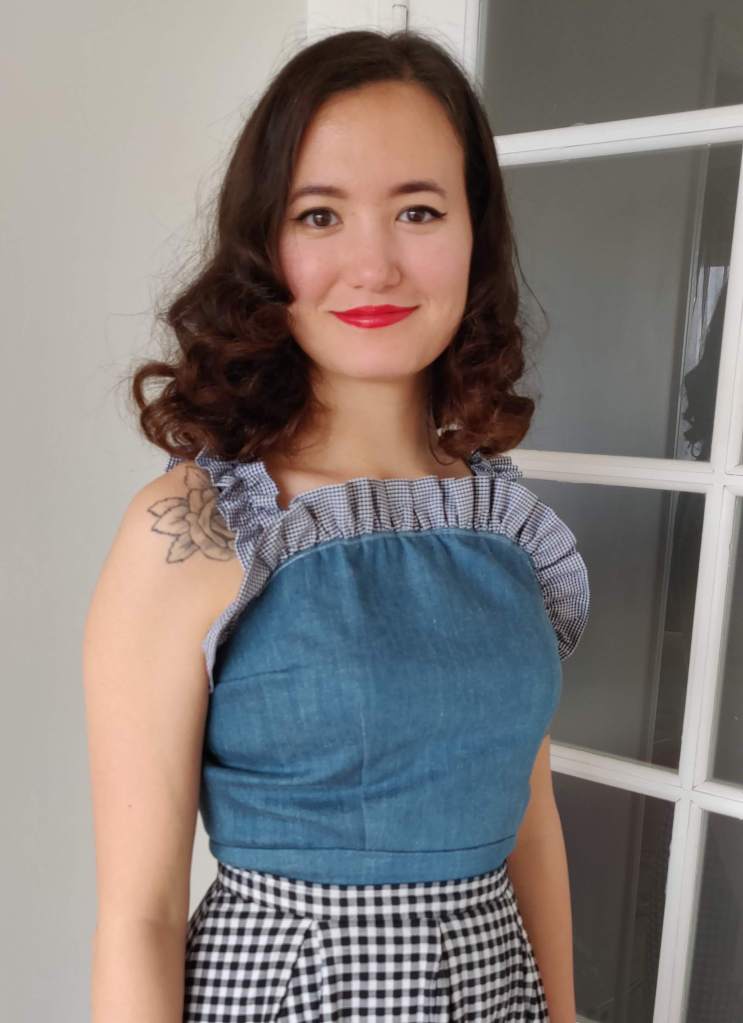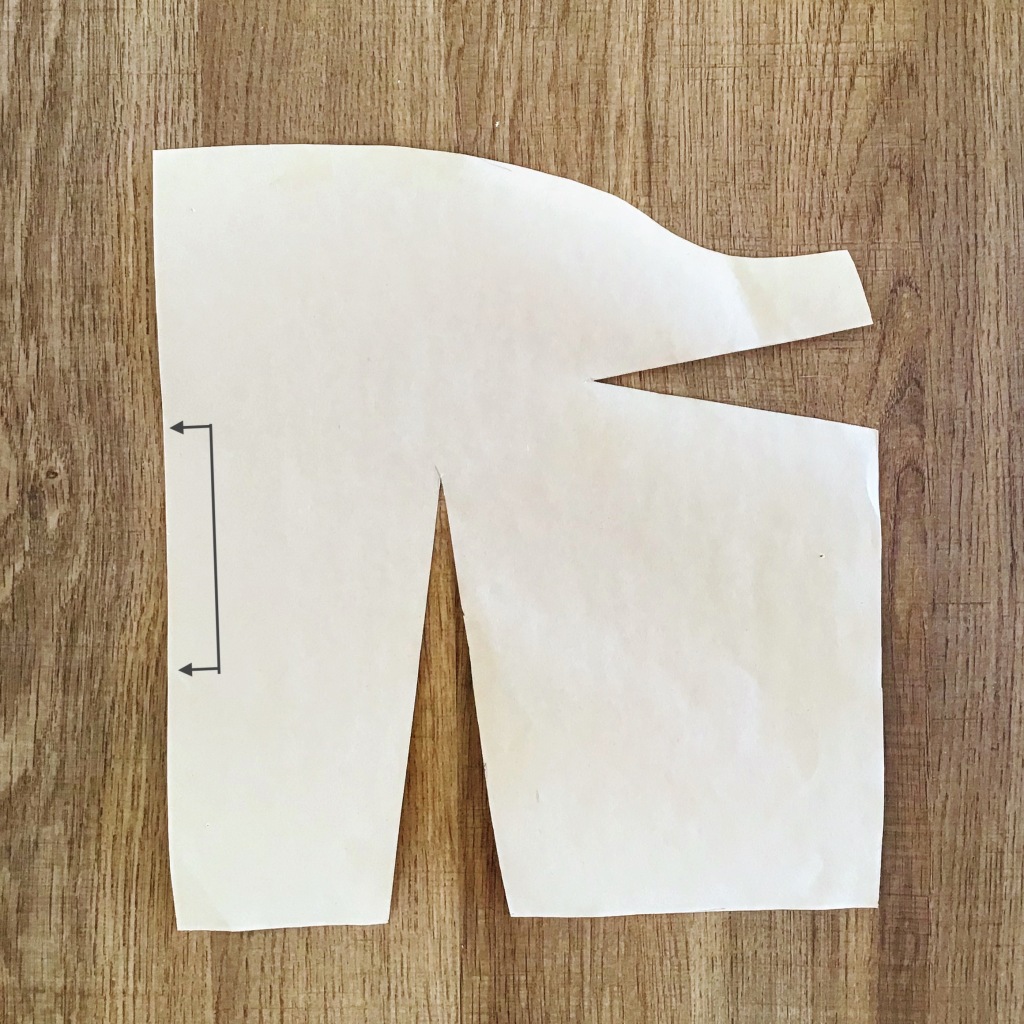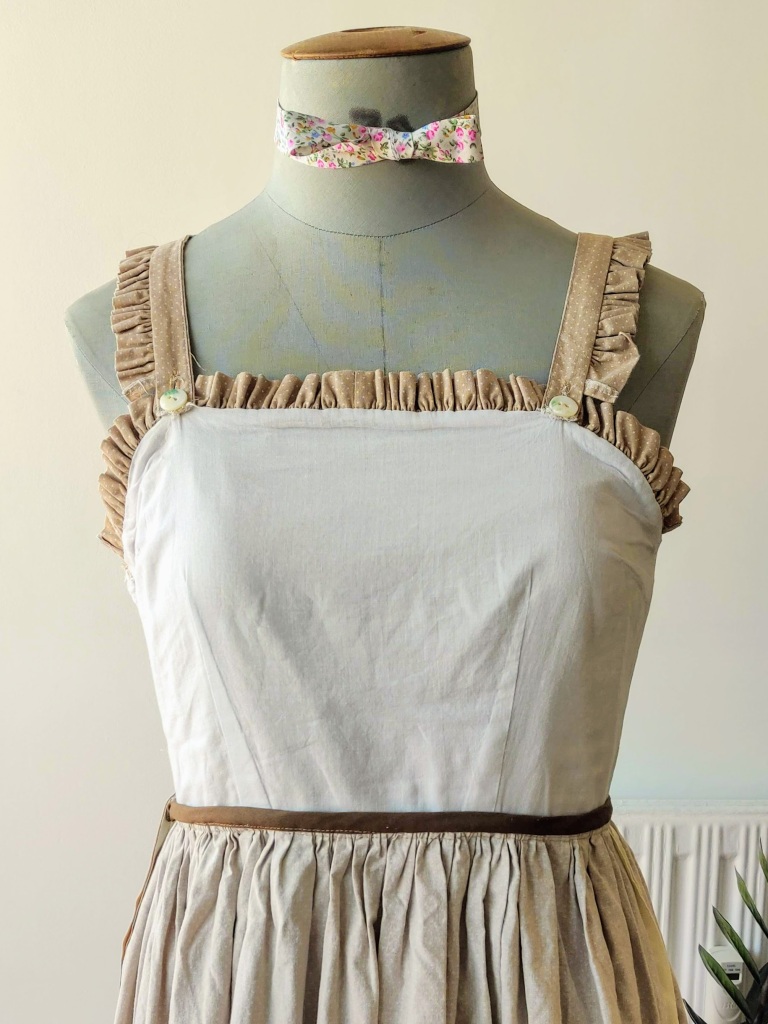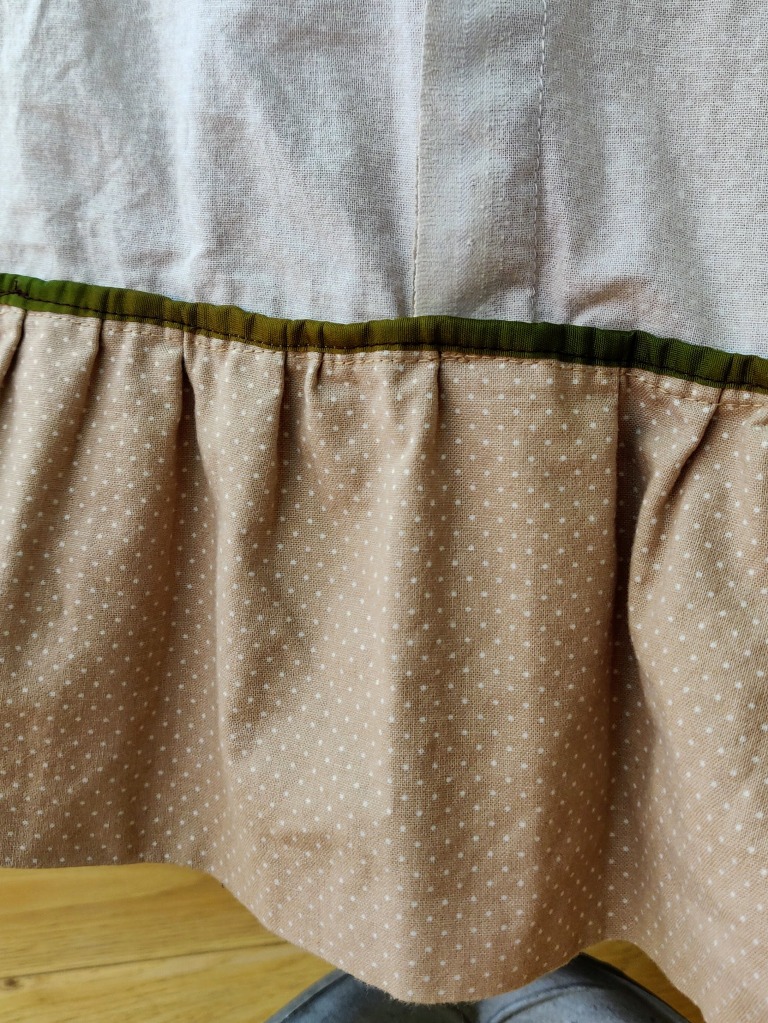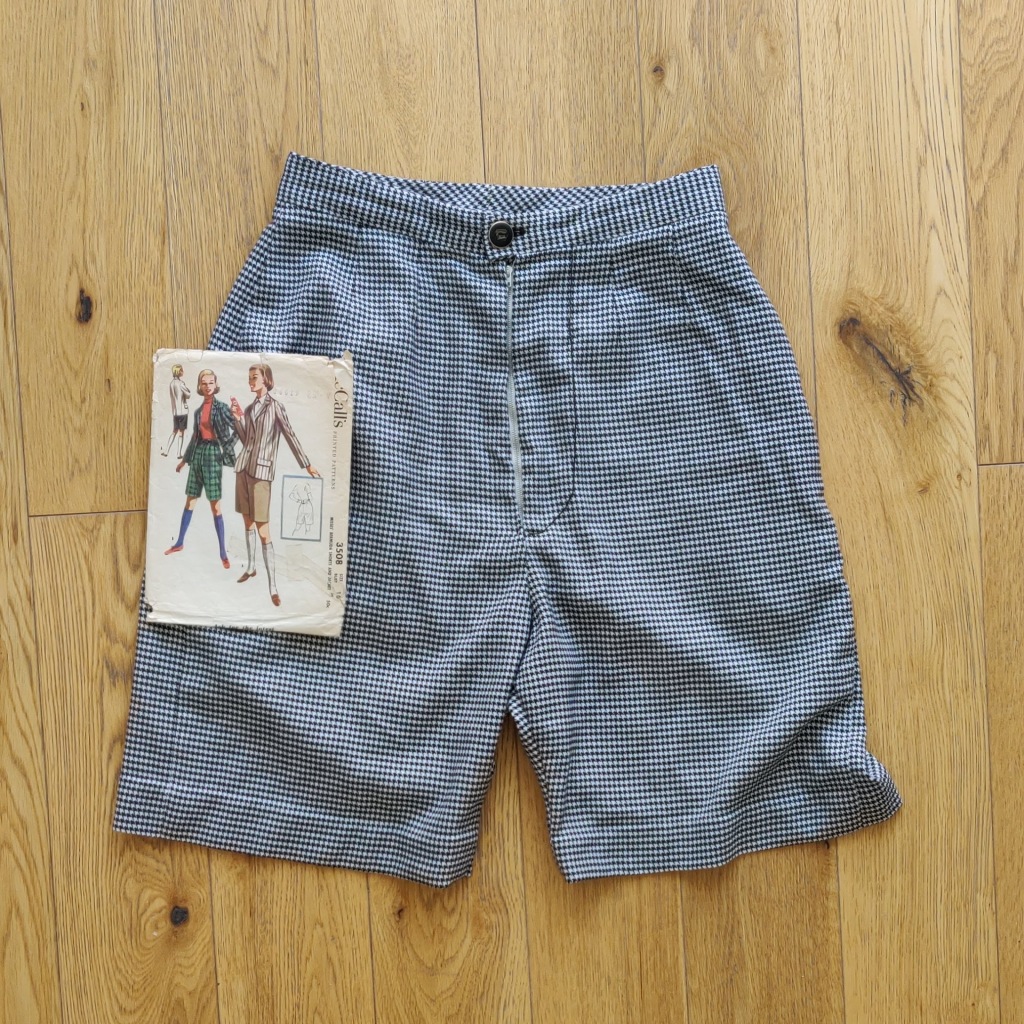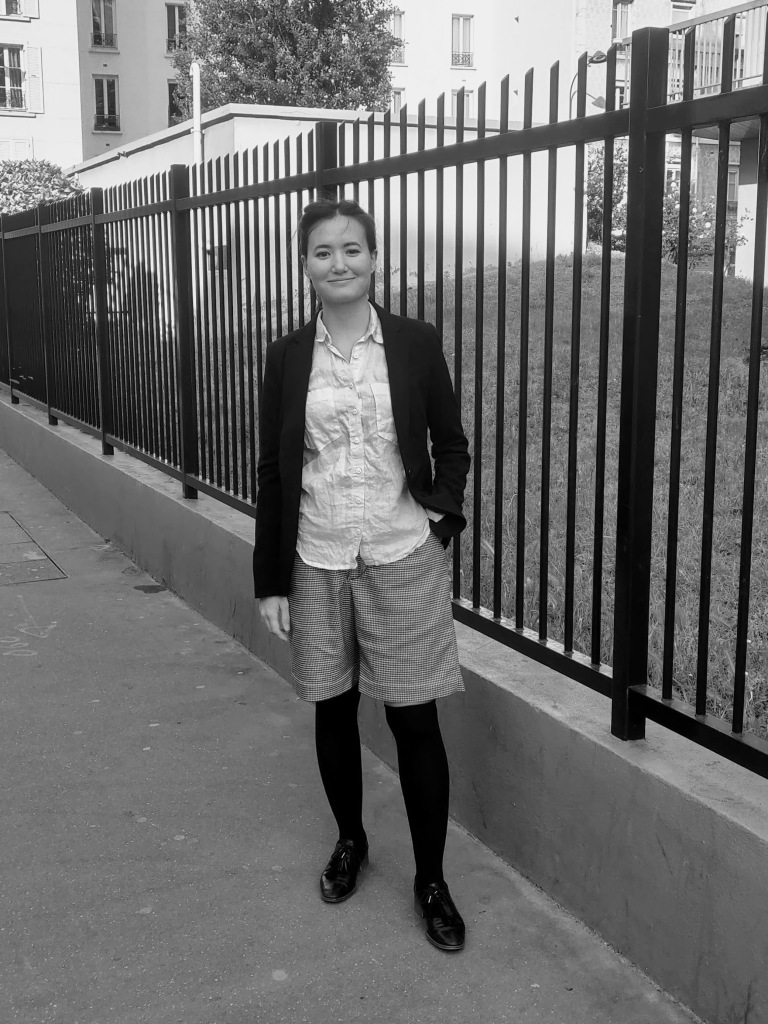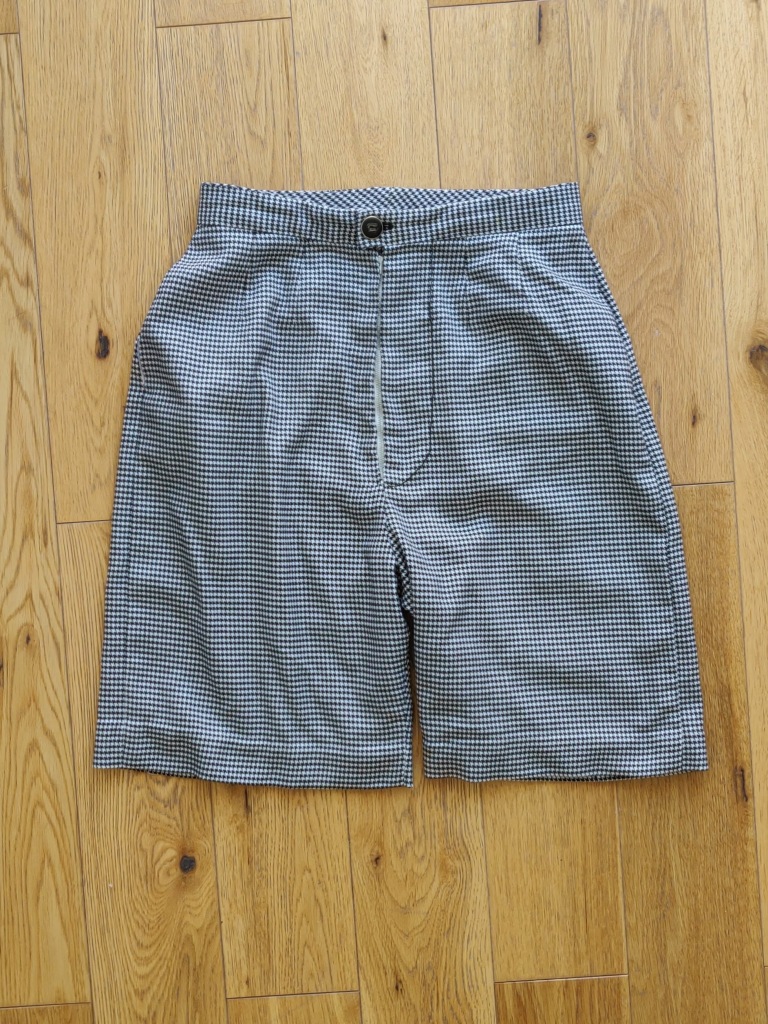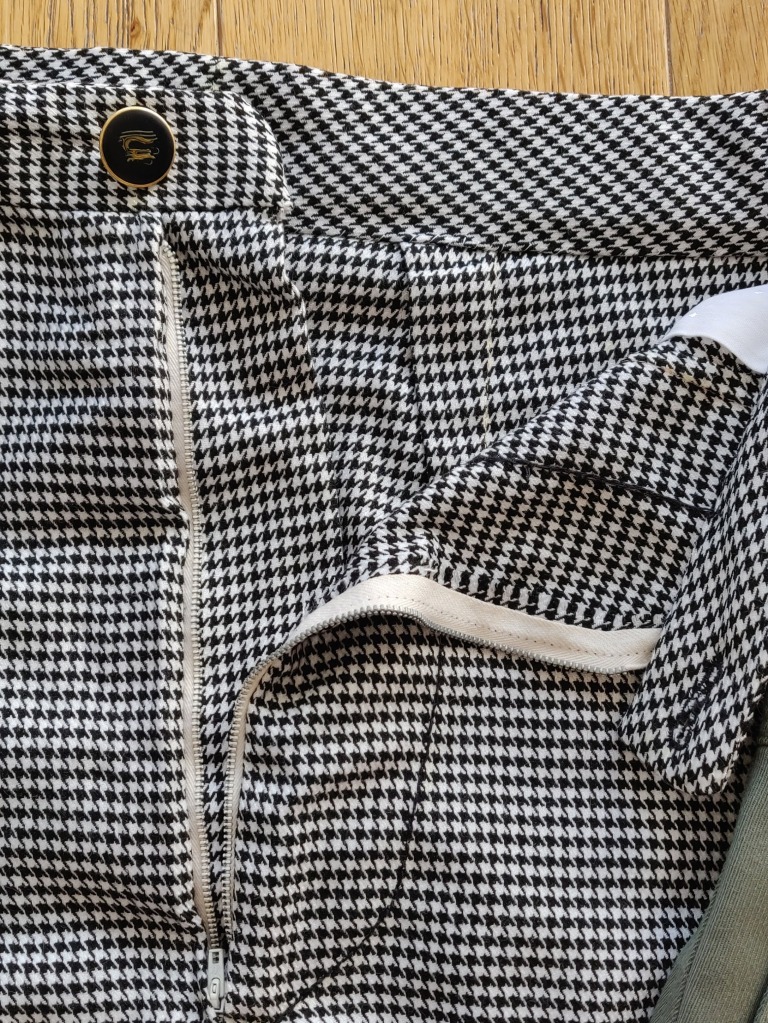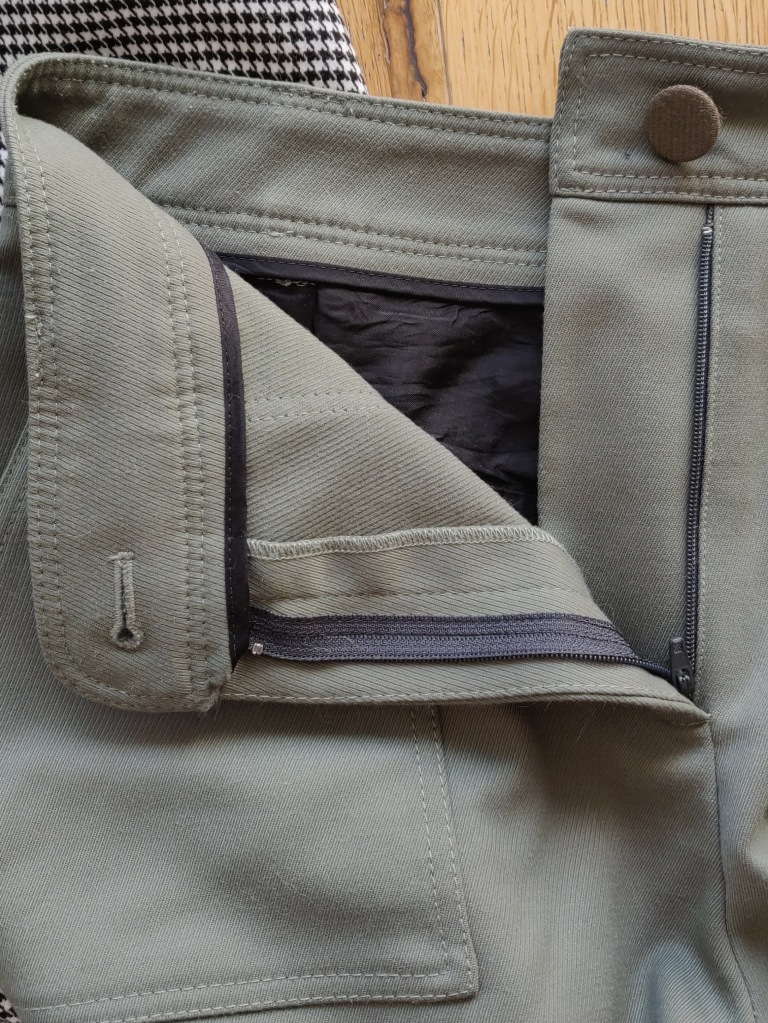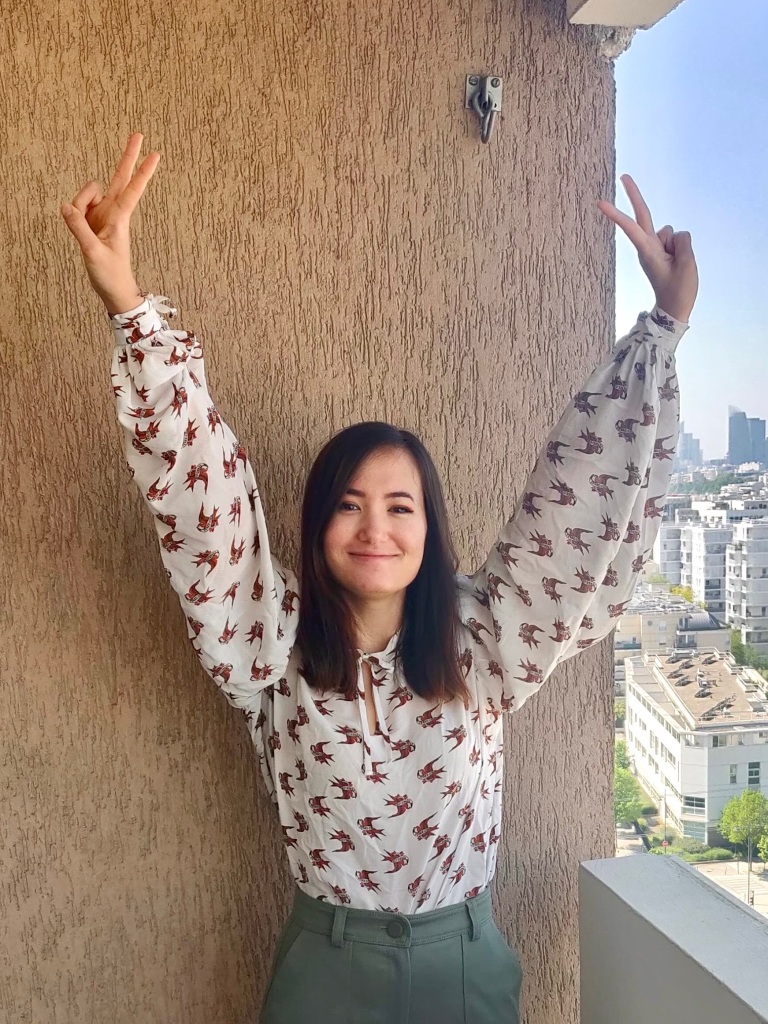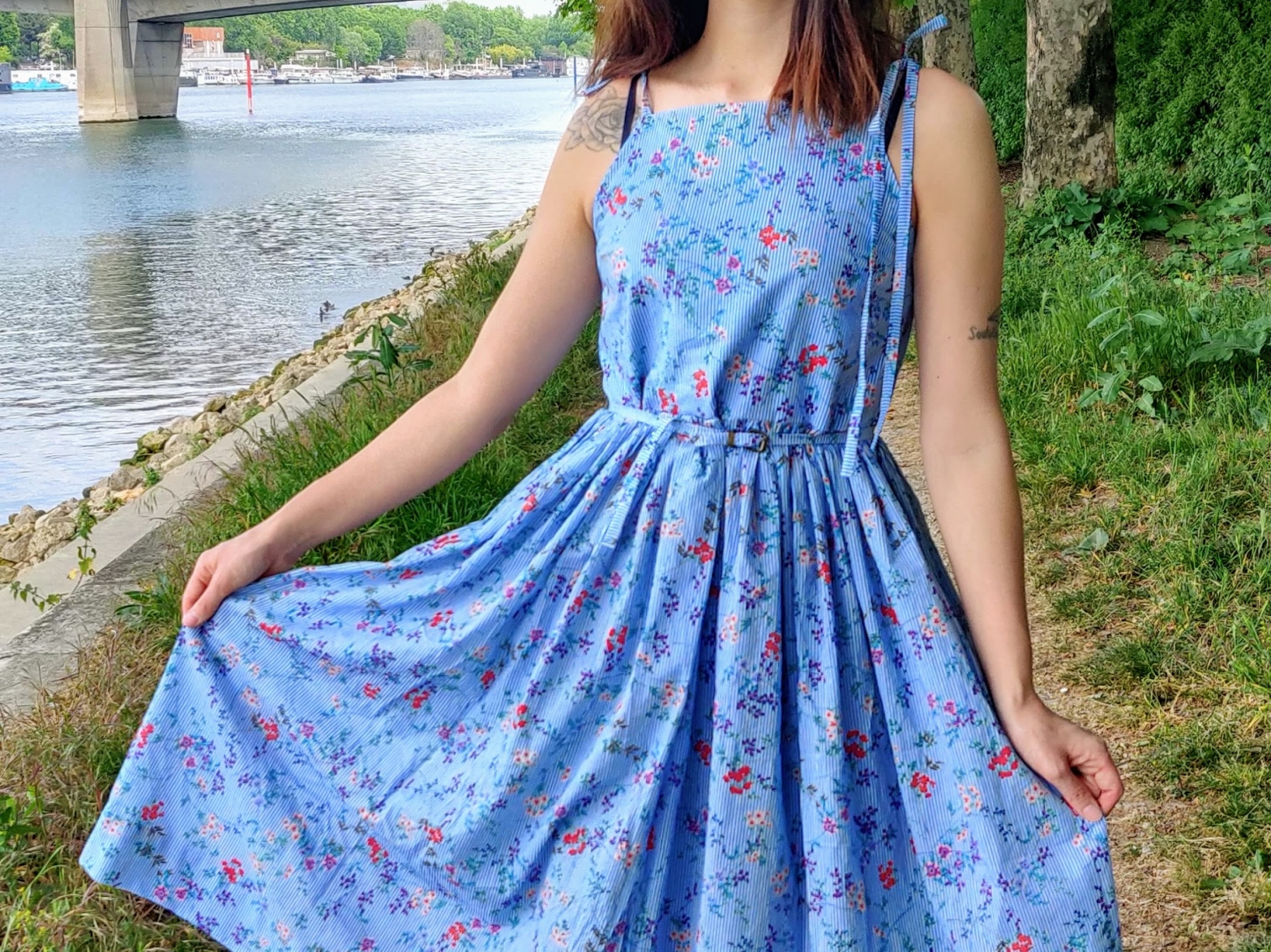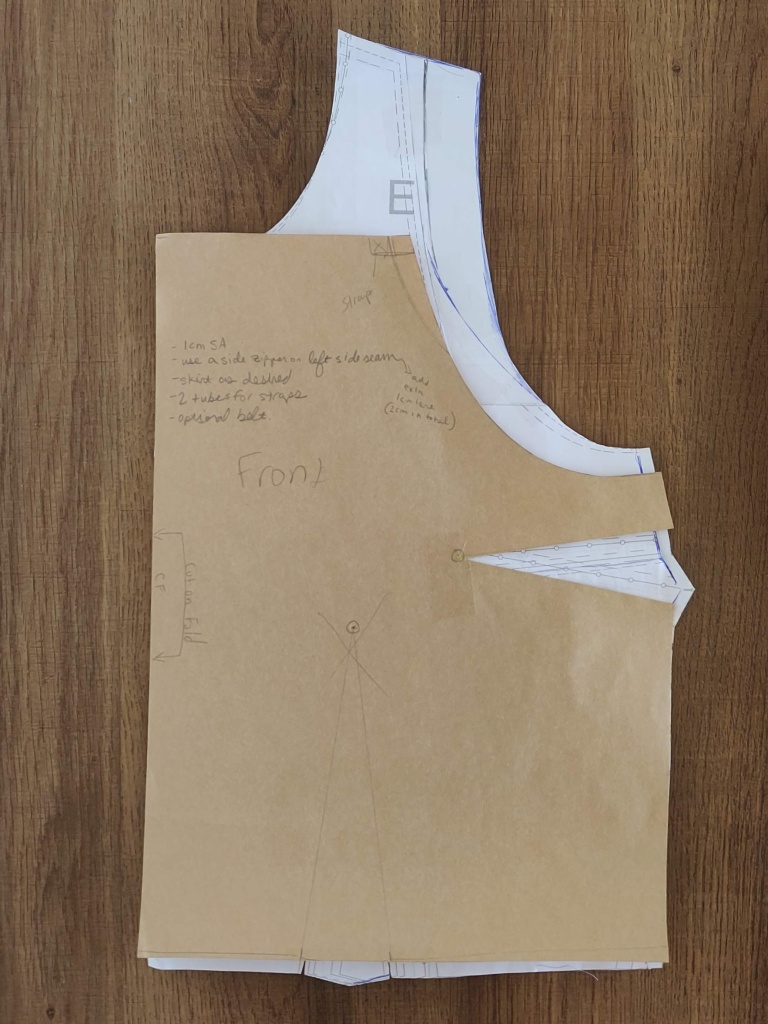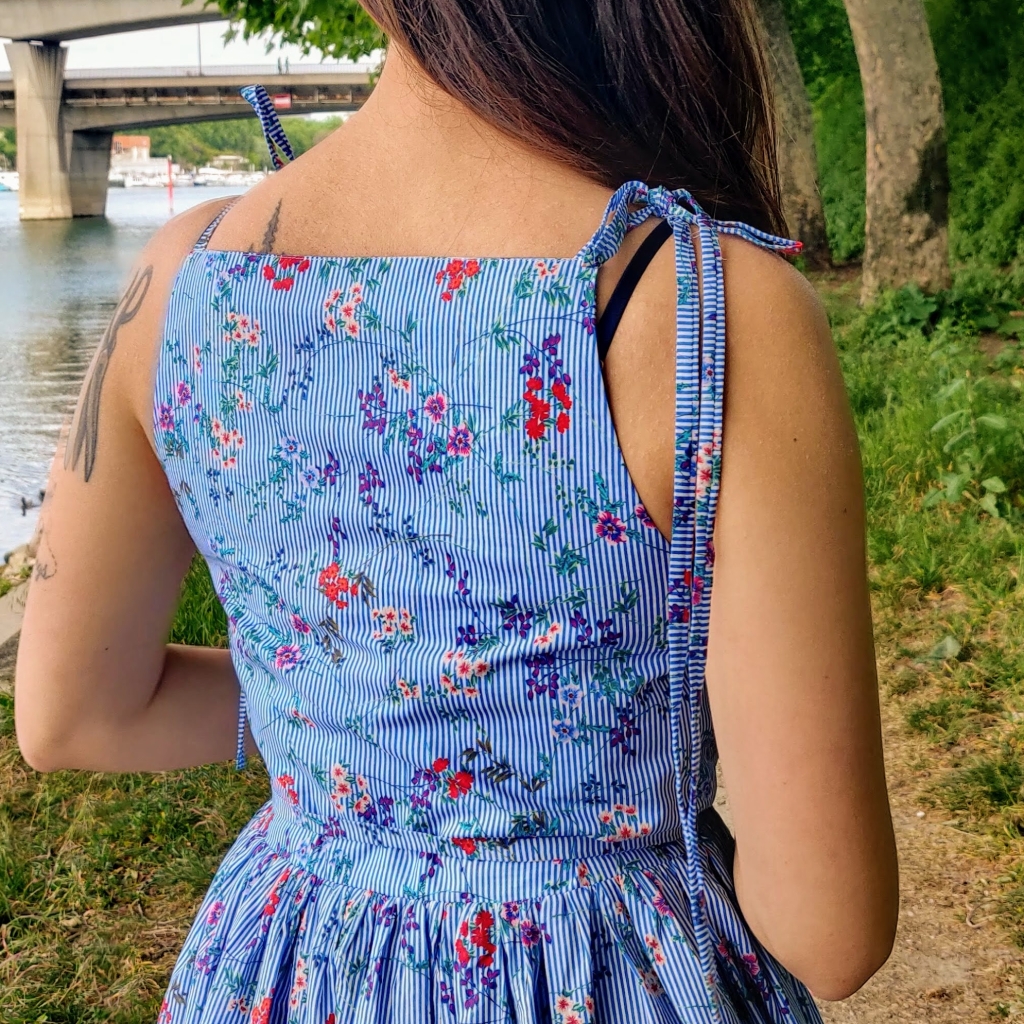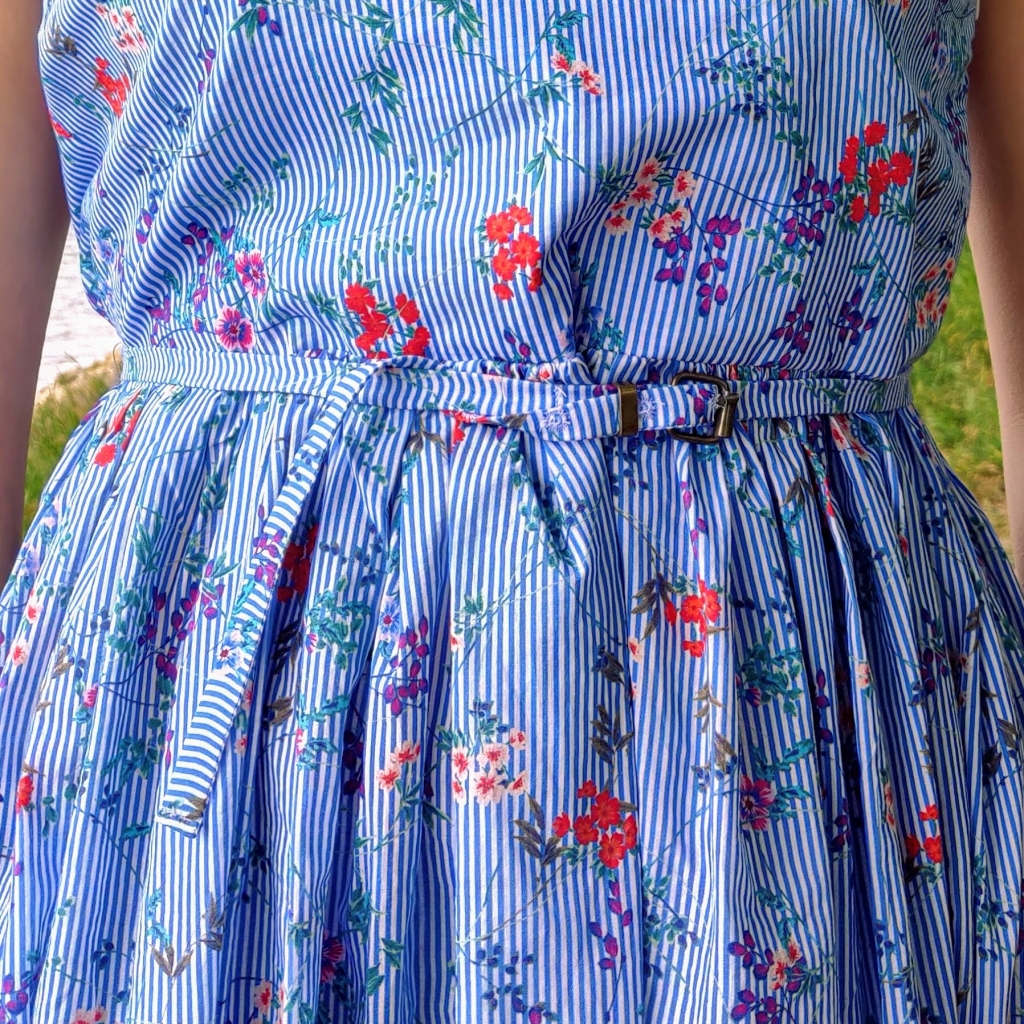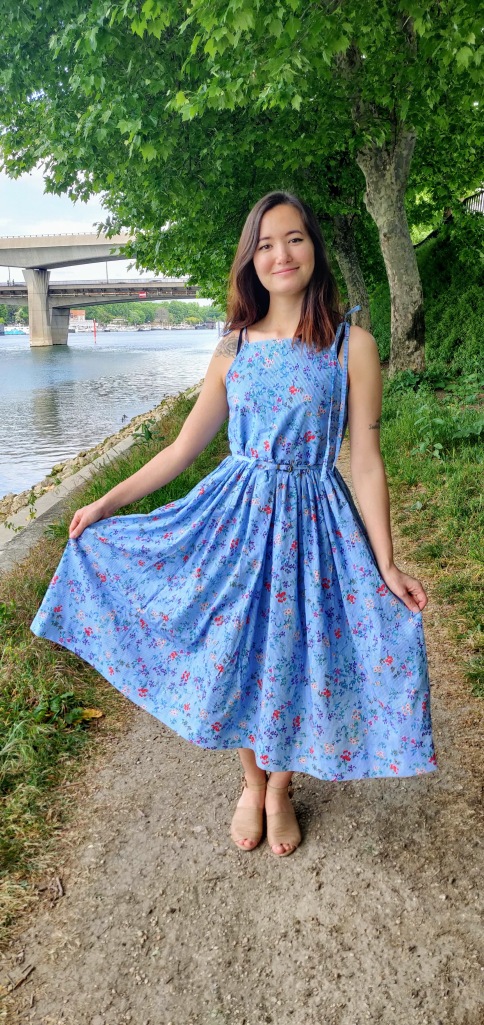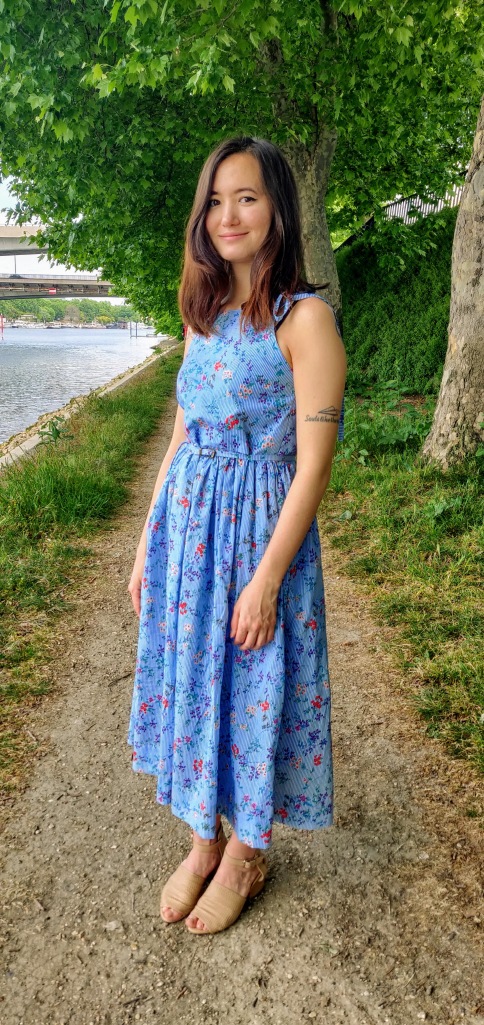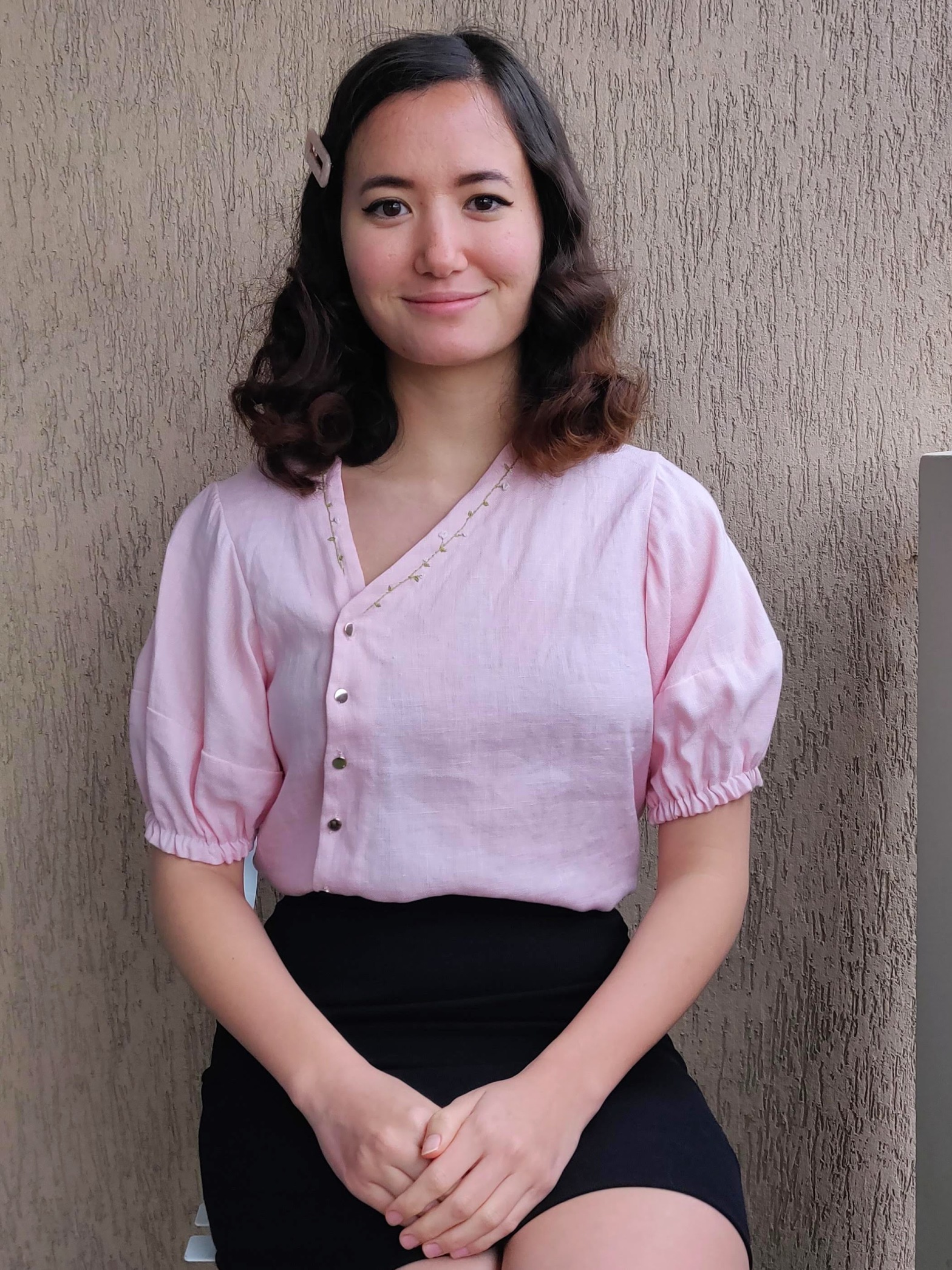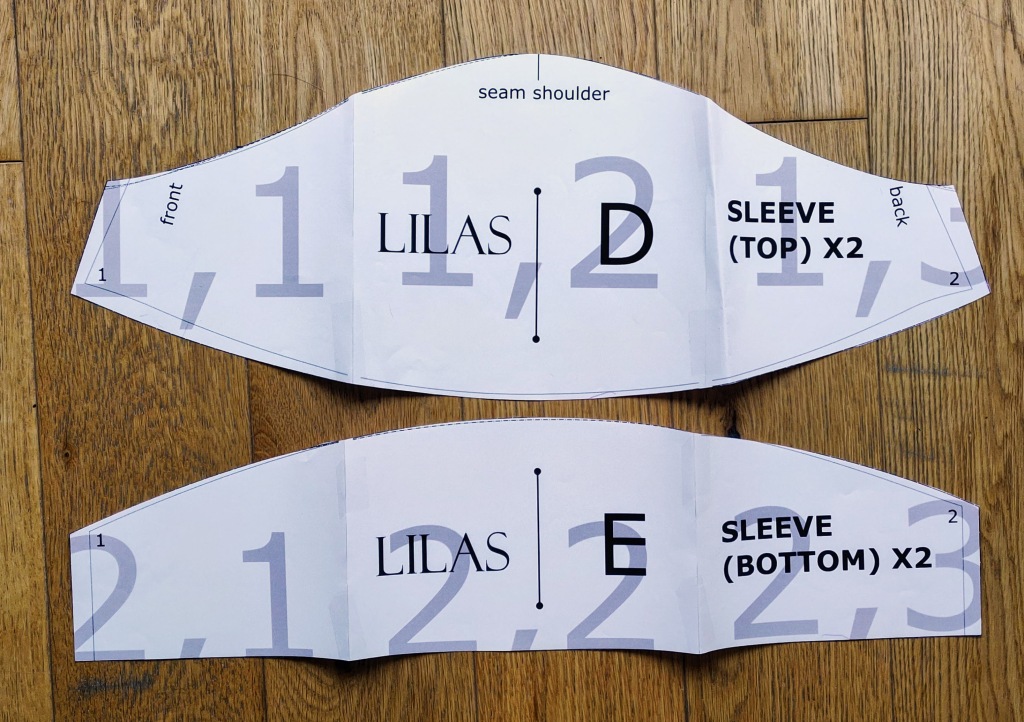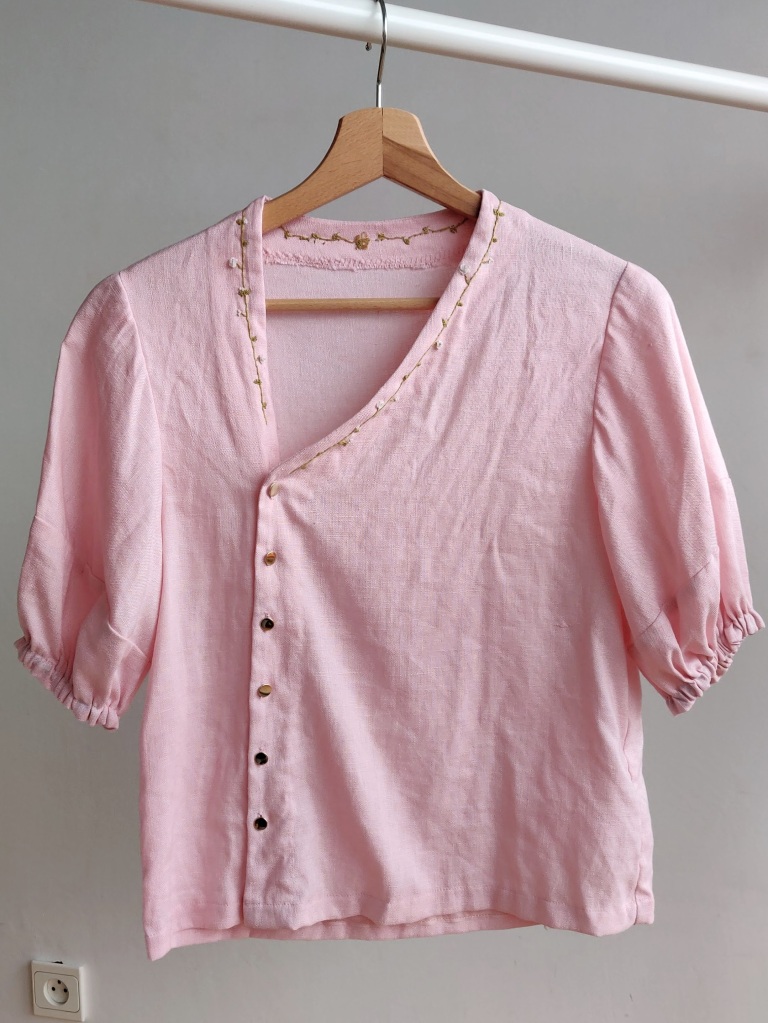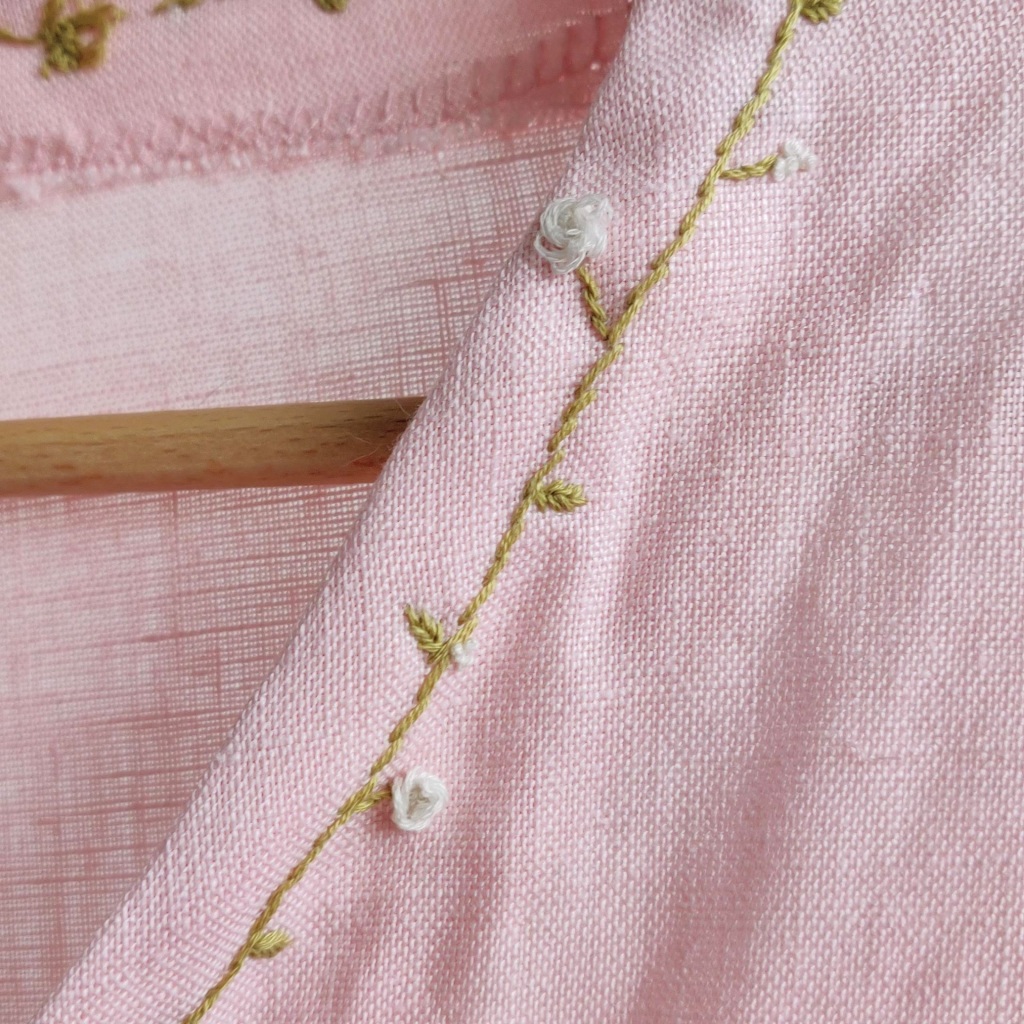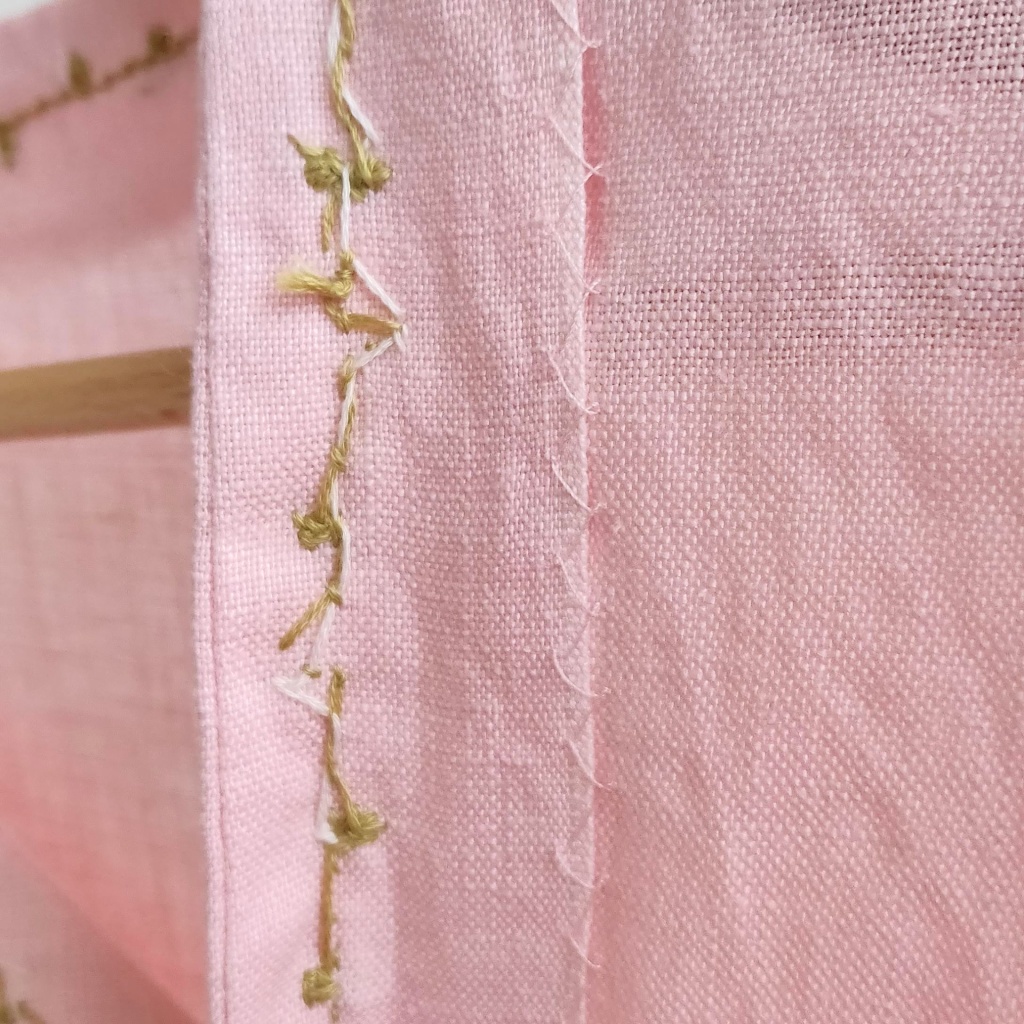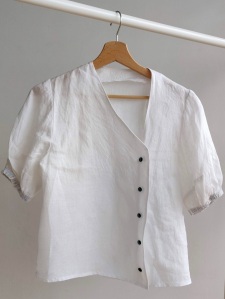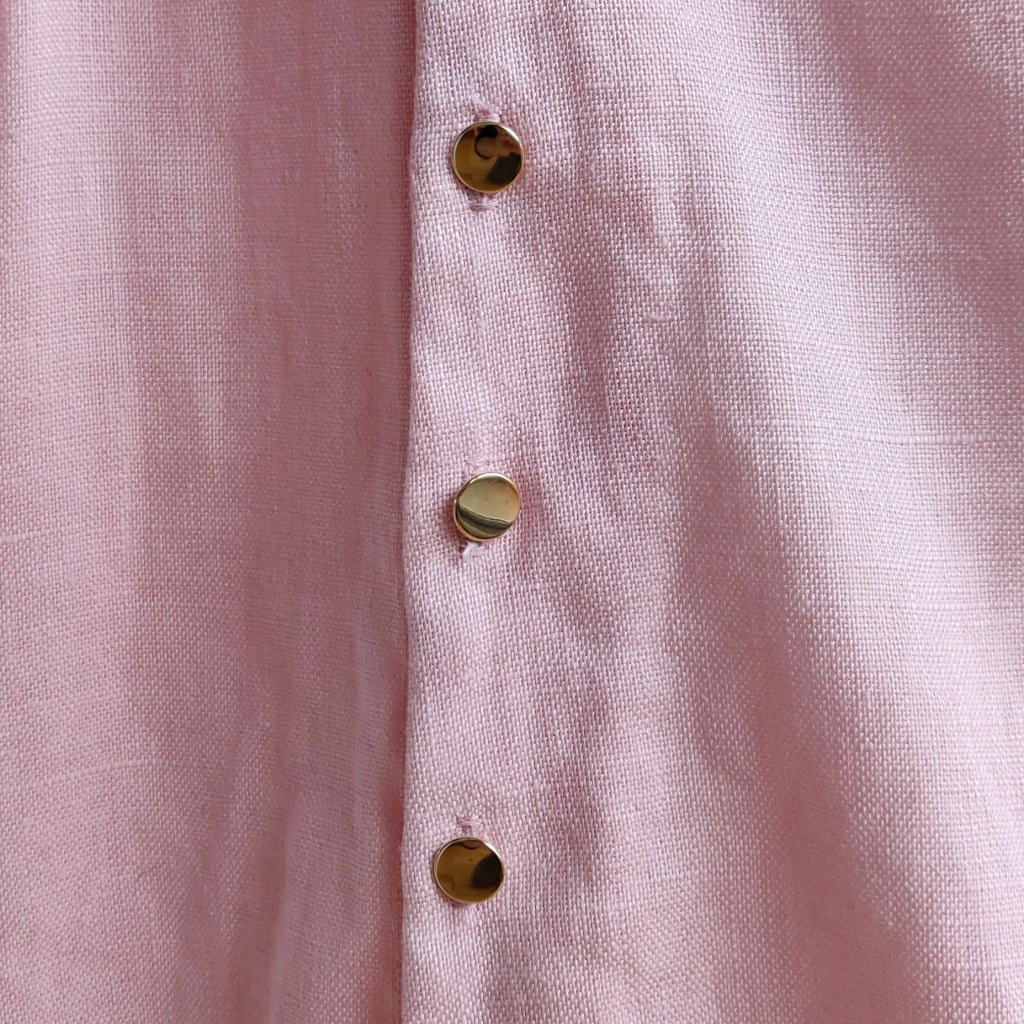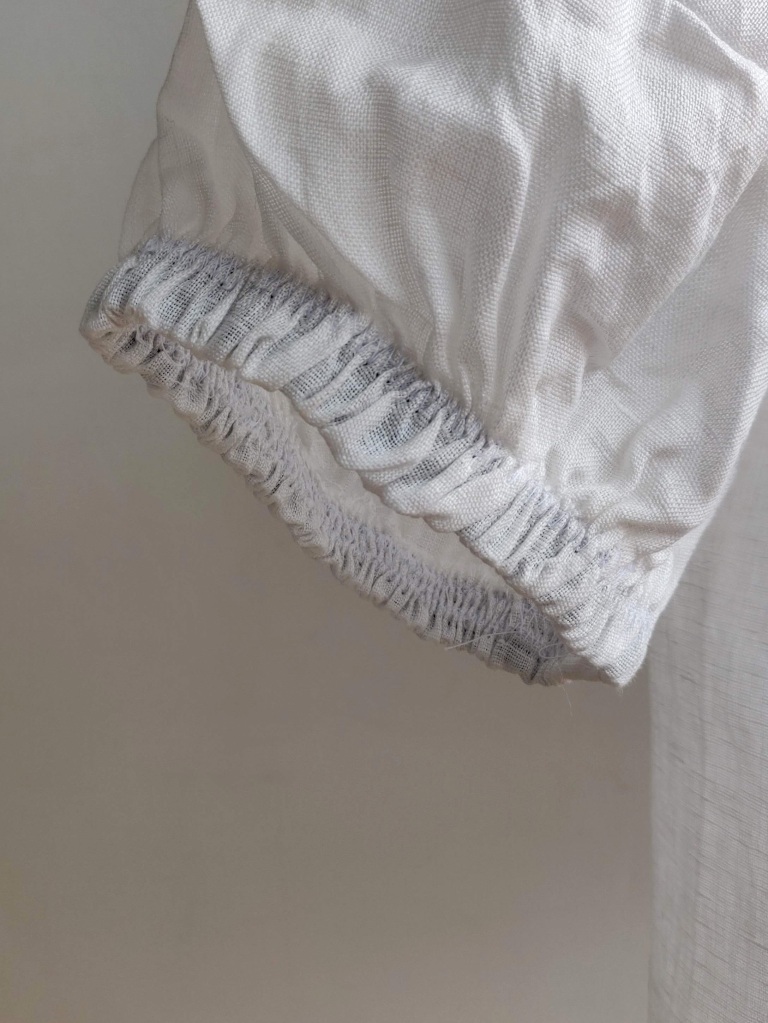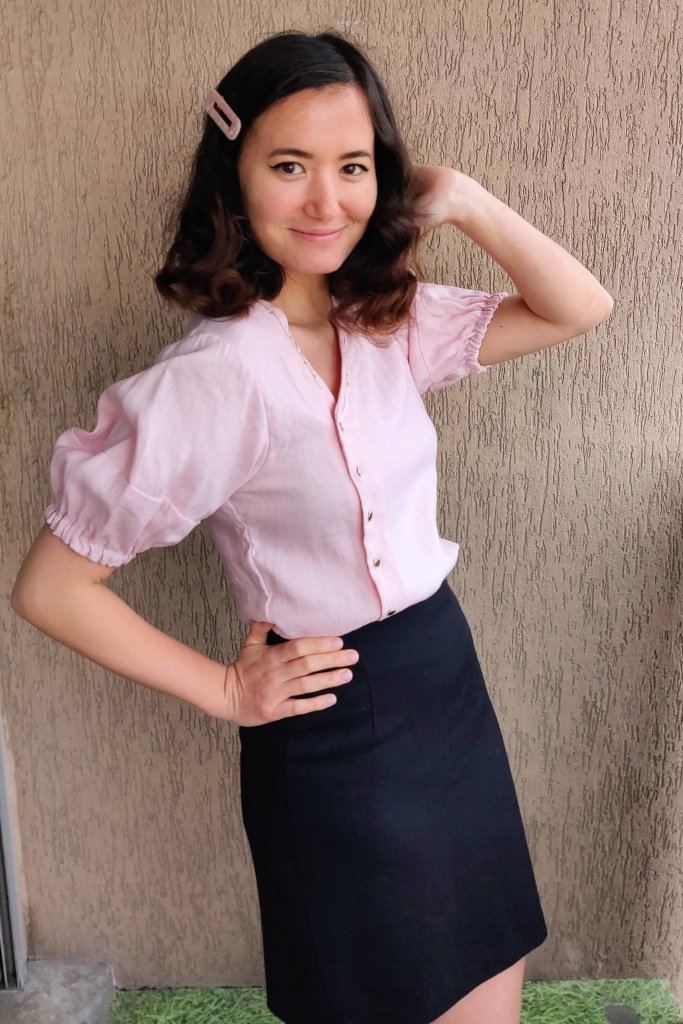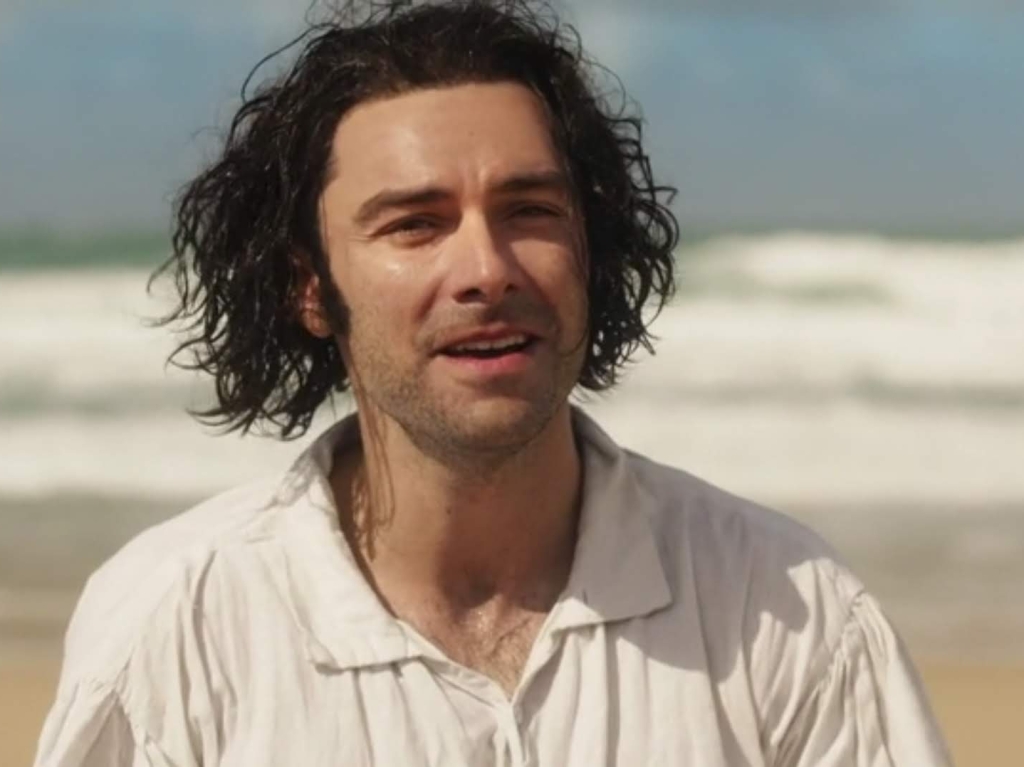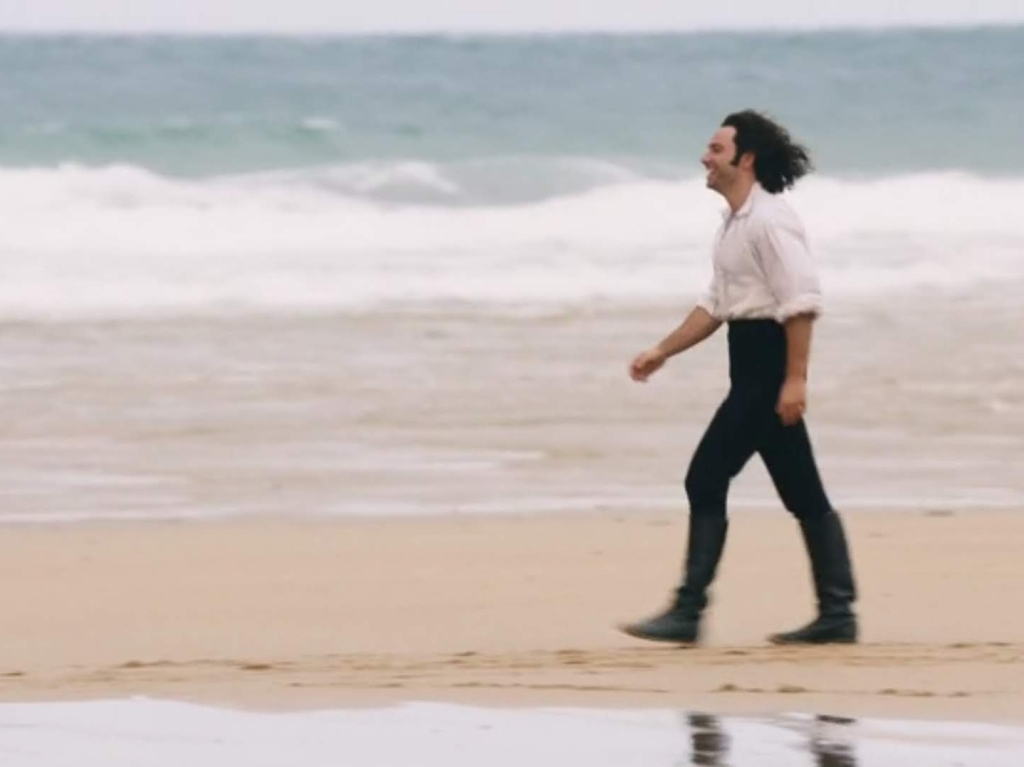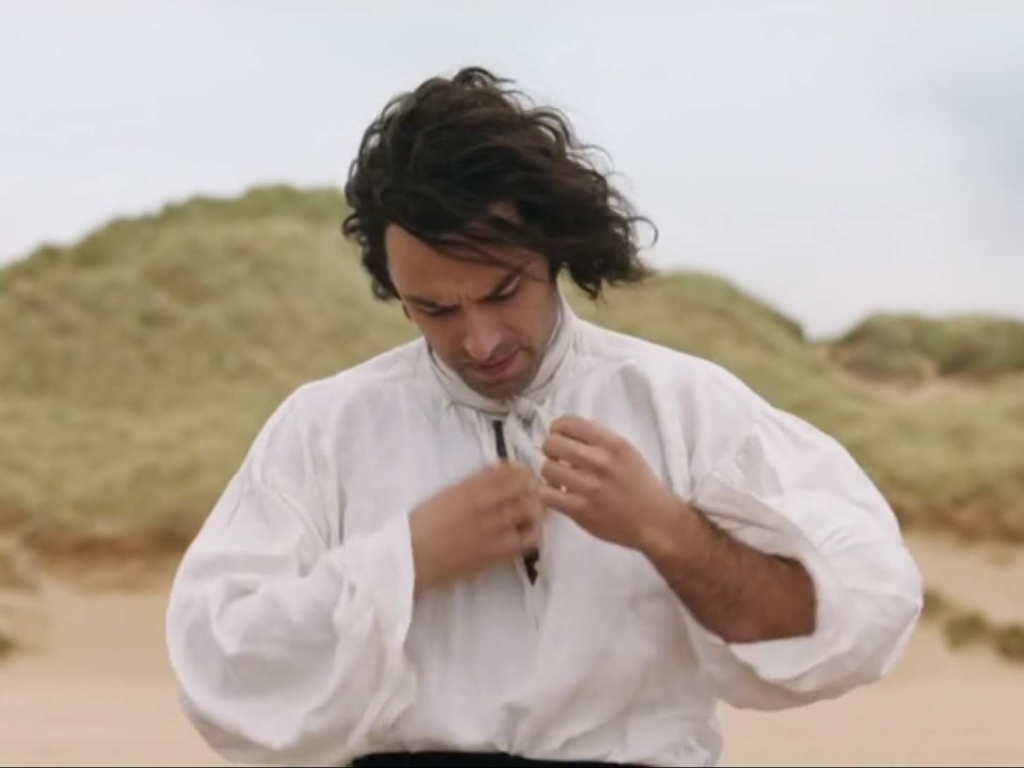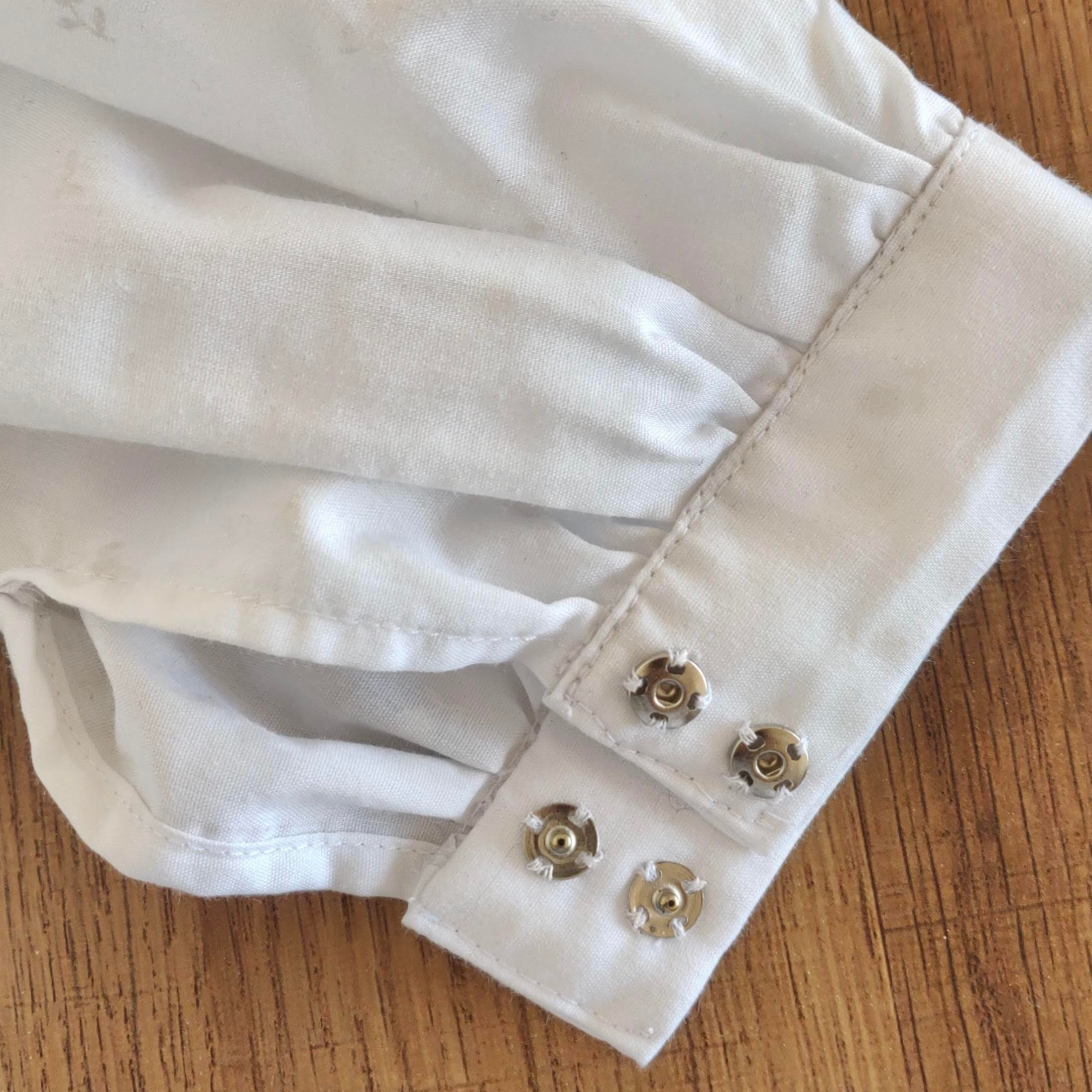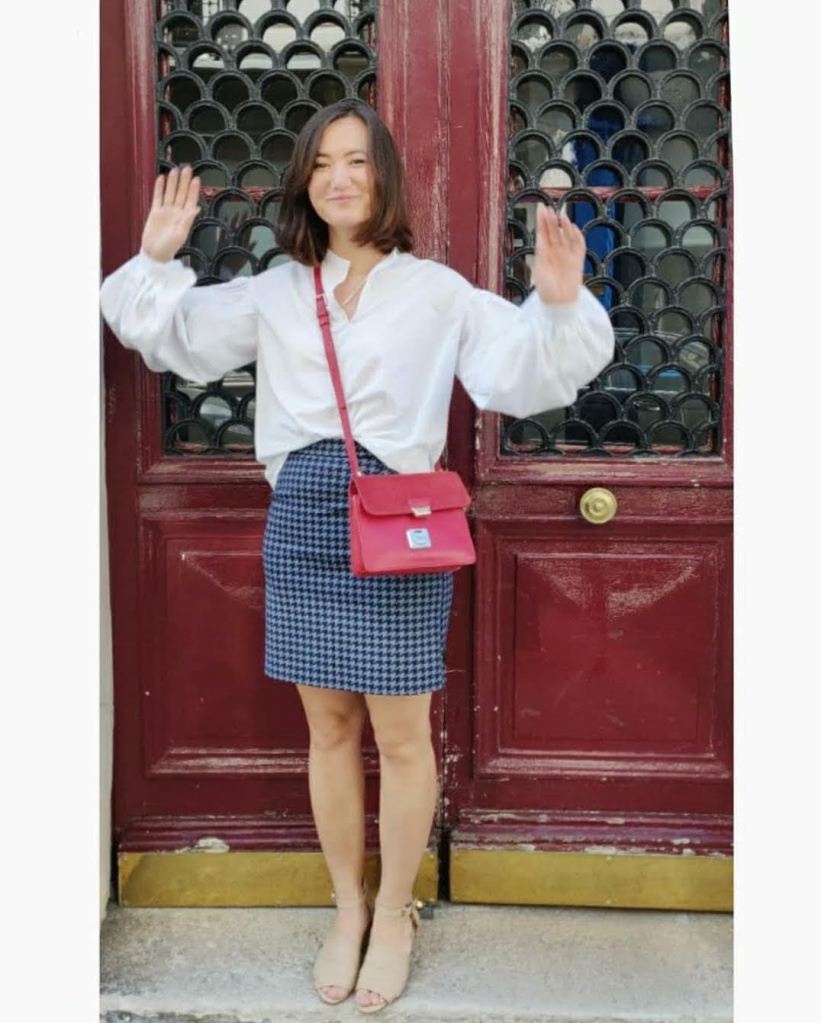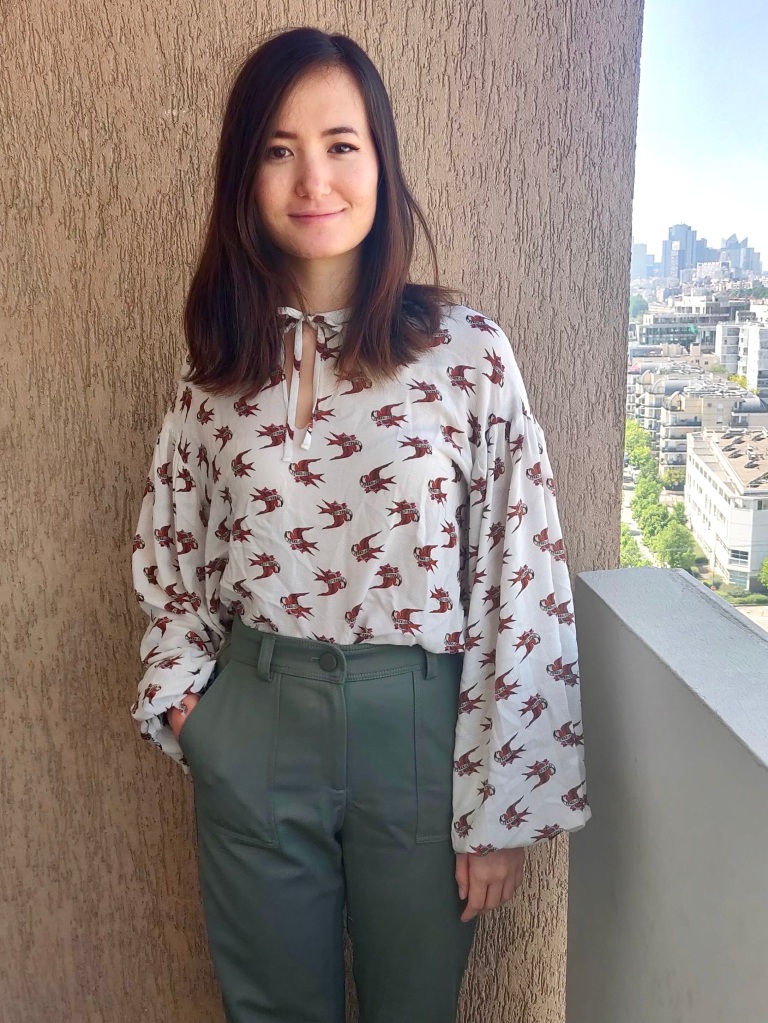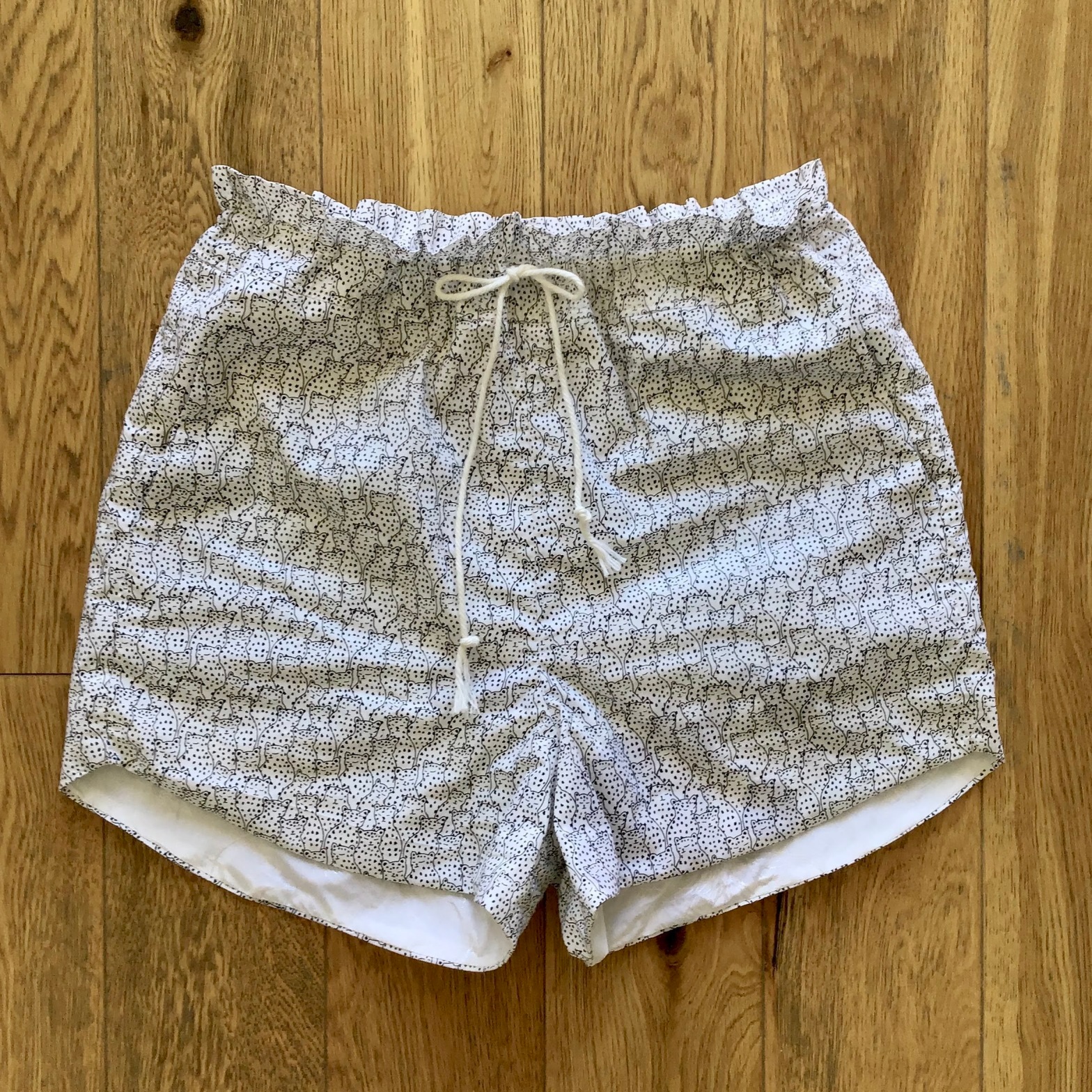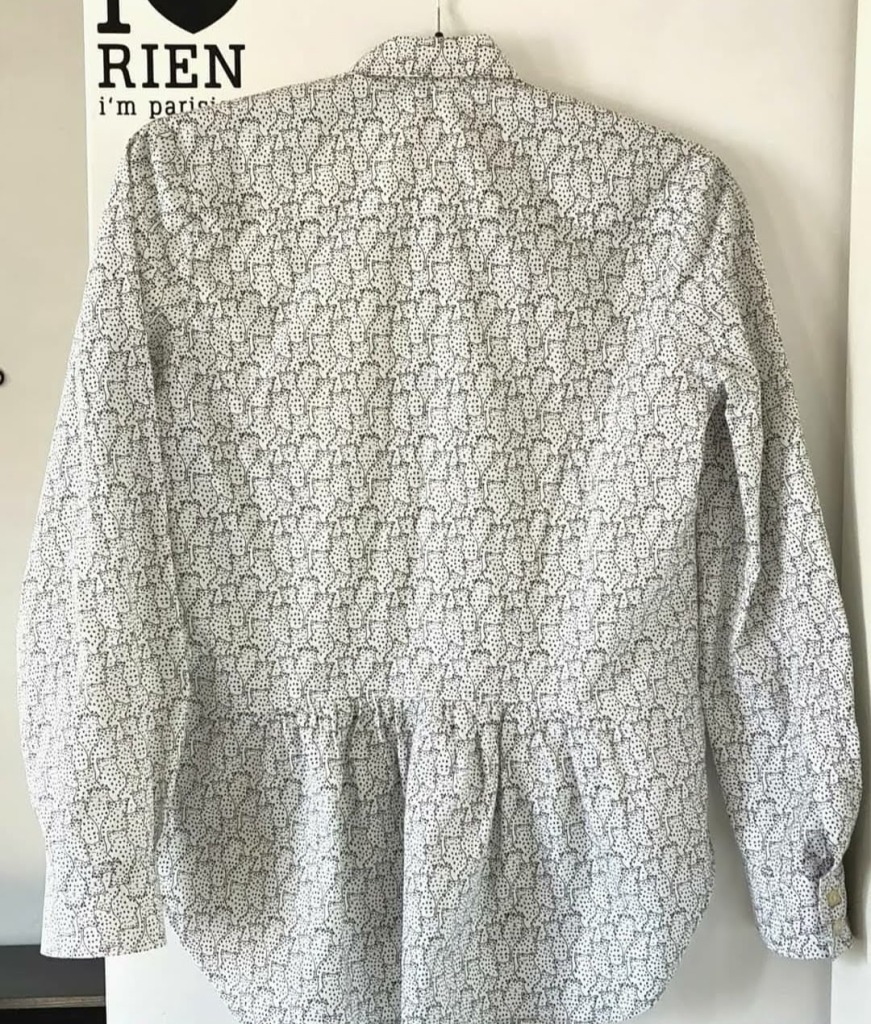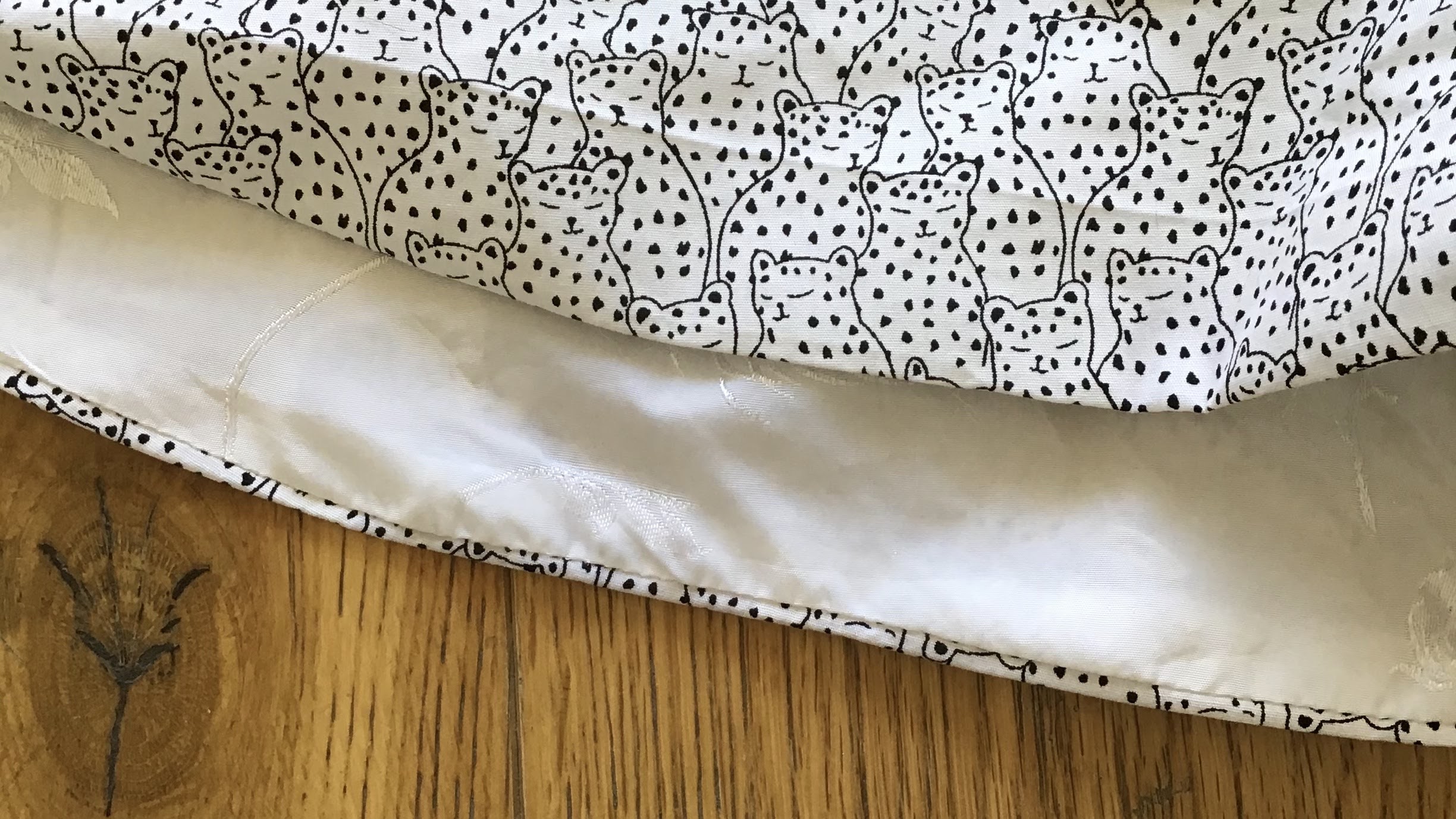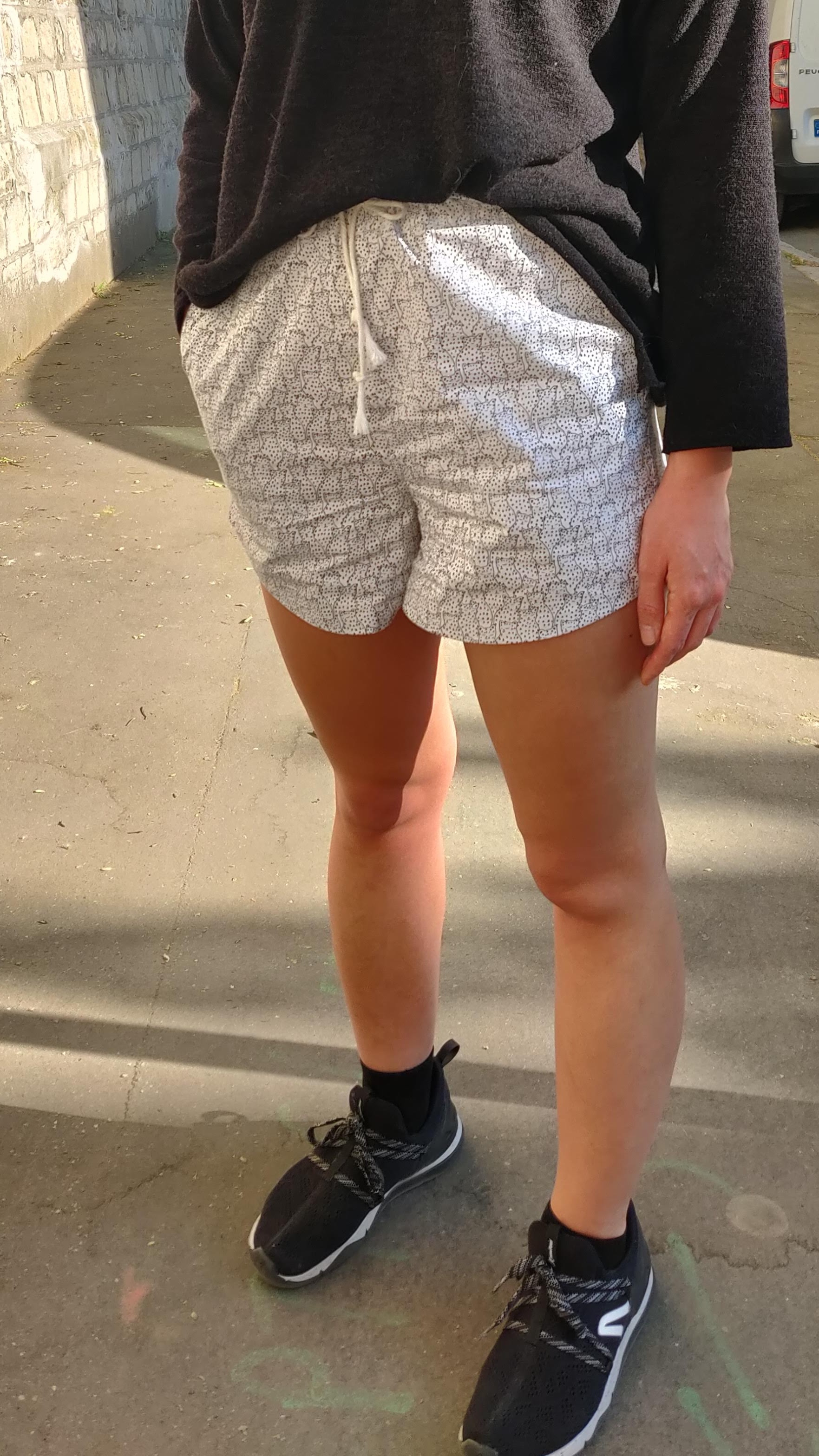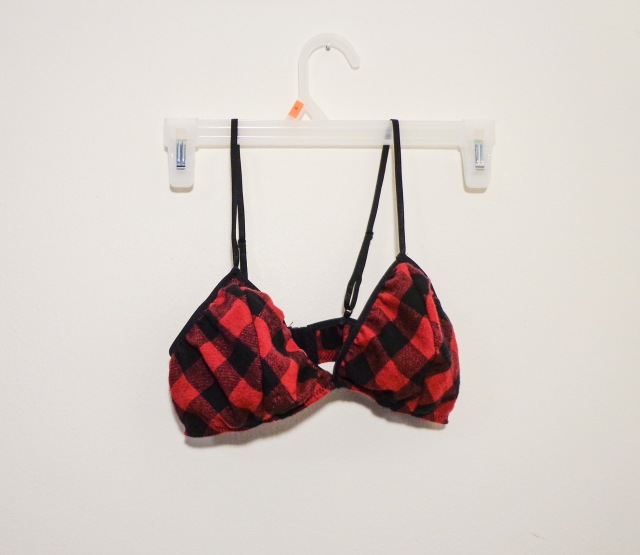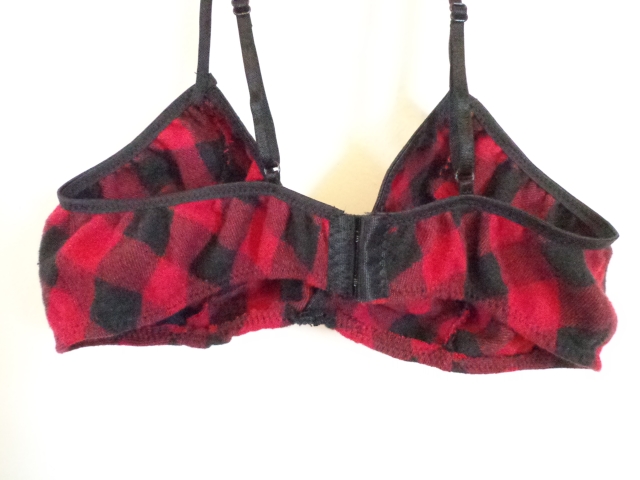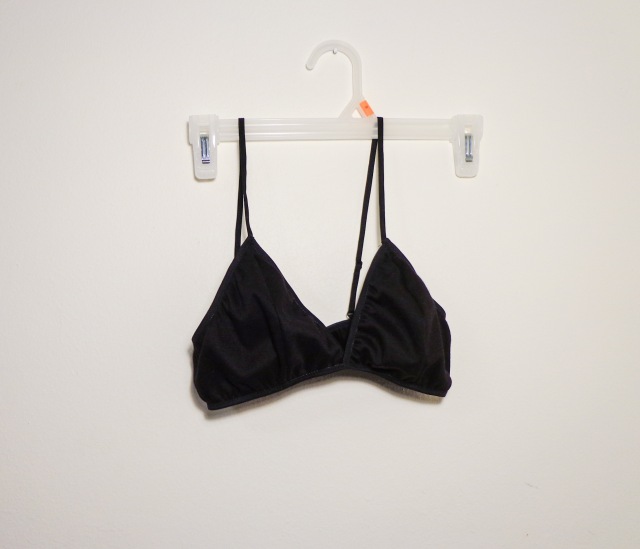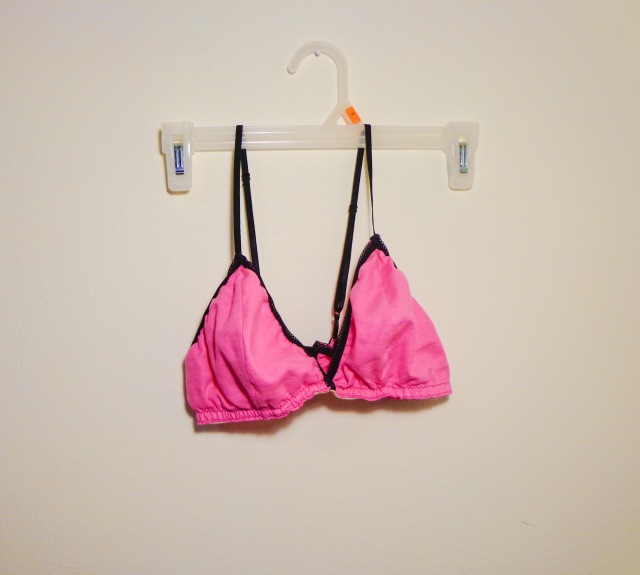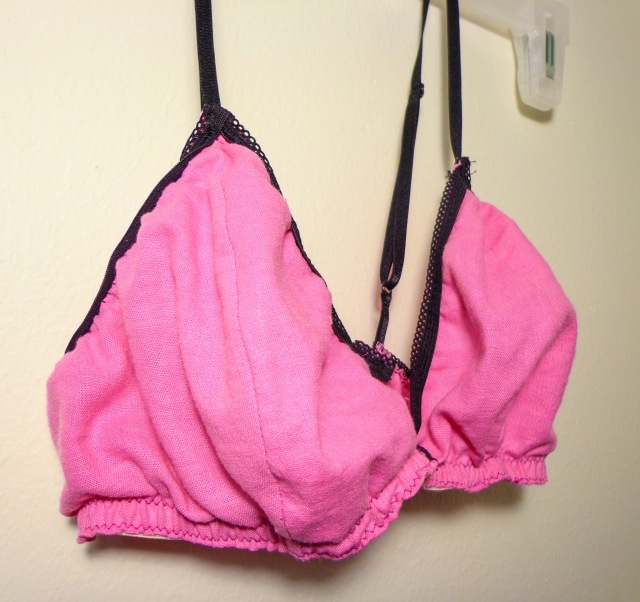Today I’m bringing you some vintage 60s vibes with this candy colored shift dress!
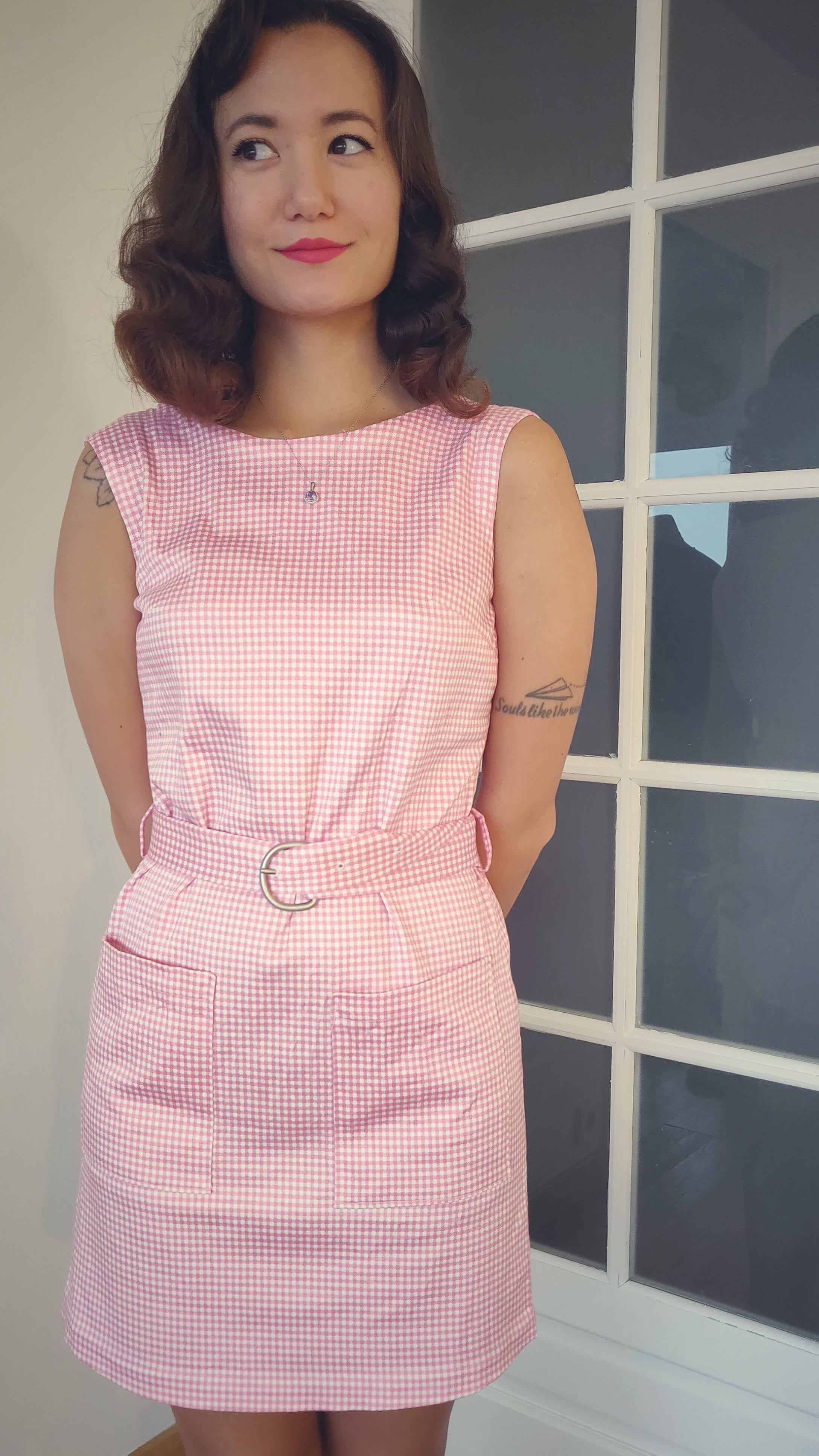
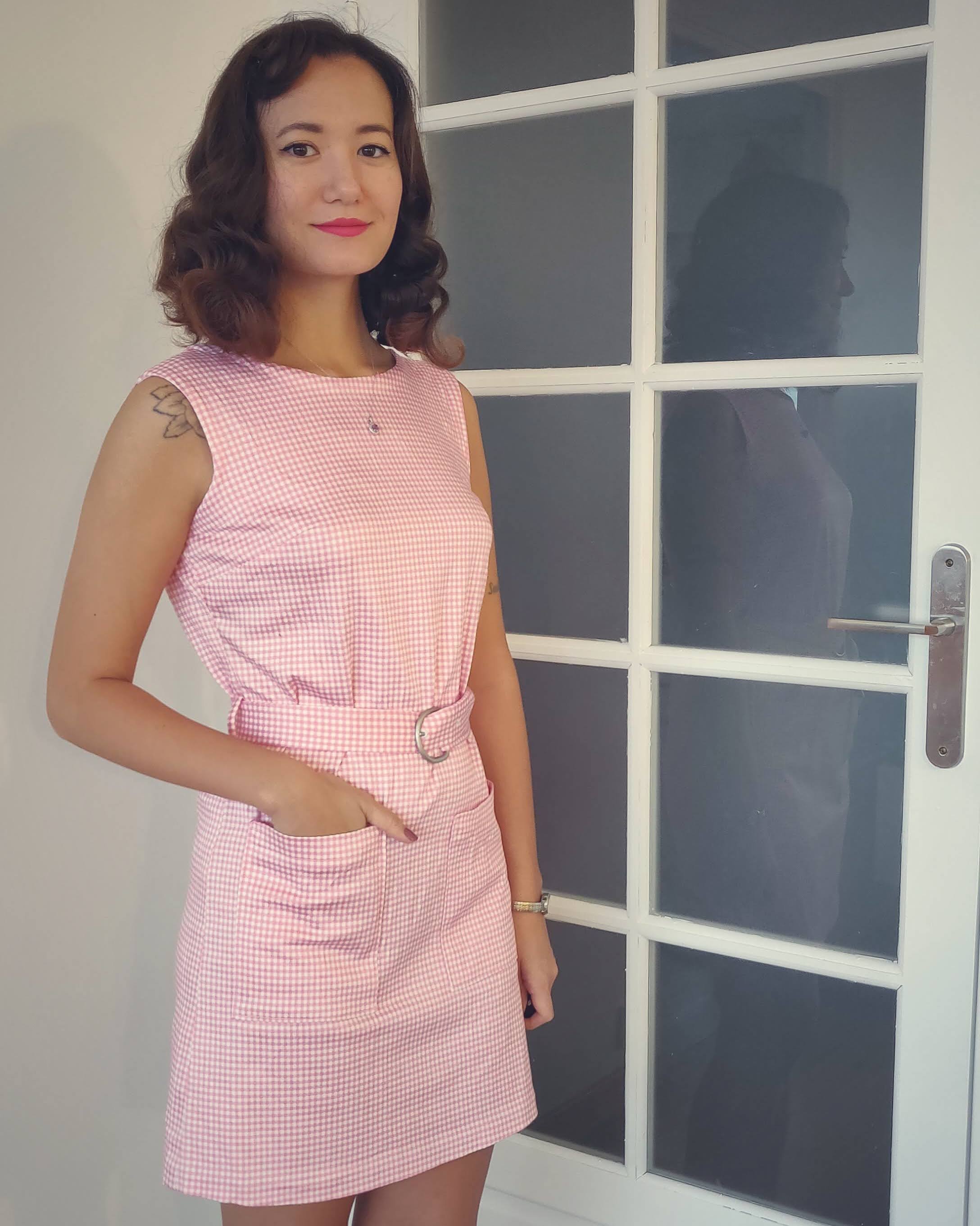
The pattern I used is the Laurel Shift Dress from Colette Patterns. This is one of the first sewing patterns I ever purchased as i’ve always been drawn to this silhouette. However, it’s not a pattern I’ve made that often as I’ve never really taken the time to fit the paper pattern perfectly to my body (Colette/Seamwork patterns are drafted for curvier figures).
For this version I ended up removing the sleeves as it just felt too overwhelming with this thick, slightly stretchy cotton. To fix the fit around the hips, I drew a straight line from the natural waist down to the hem instead of having it follow my natural curves.
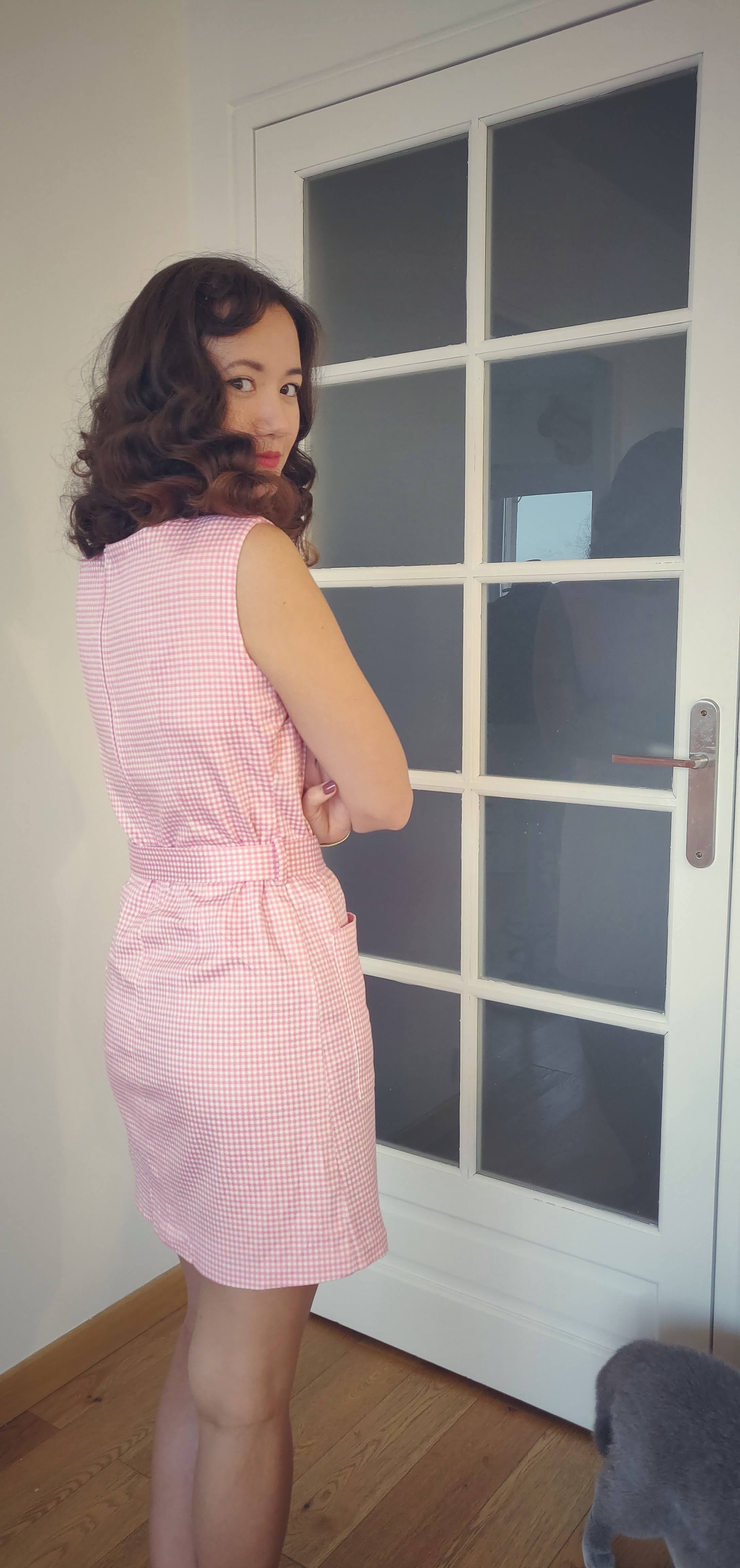

For the back closure I did a lapped zipper. I prefer invisible zippers, but still haven’t found an invisible zipper foot that works with my Pfaff machine yet. I’ve tried purchasing random, non-branded feet off the internet, but no luck yet! The hem, neck, and armholes are all finished by sewing singlefold bias tape to the SA and then whipstitching it to the main fabric by hand.
The belt was made to measure by creating a tube of fabric with one side interfaced. The buckle was re-used from an old leather belt which I threw out recently. For the belt holes, I punched holes using an awl and stitched the eyelets by hand with a blanket stitch. There is an eyelet stitch on my sewing machine, but it was a bit too small than what I needed, and the final hand sewn result actually feels much stronger and less likely to snag than the machine version. I think in the future I can work on a cleaner finishing, but from now on, handsewing is the way to go!
Now time to enjoy while listening to my favorite 60s playlist!
